Rivian Reveals Smaller R2, R3 All-Electric Crossovers

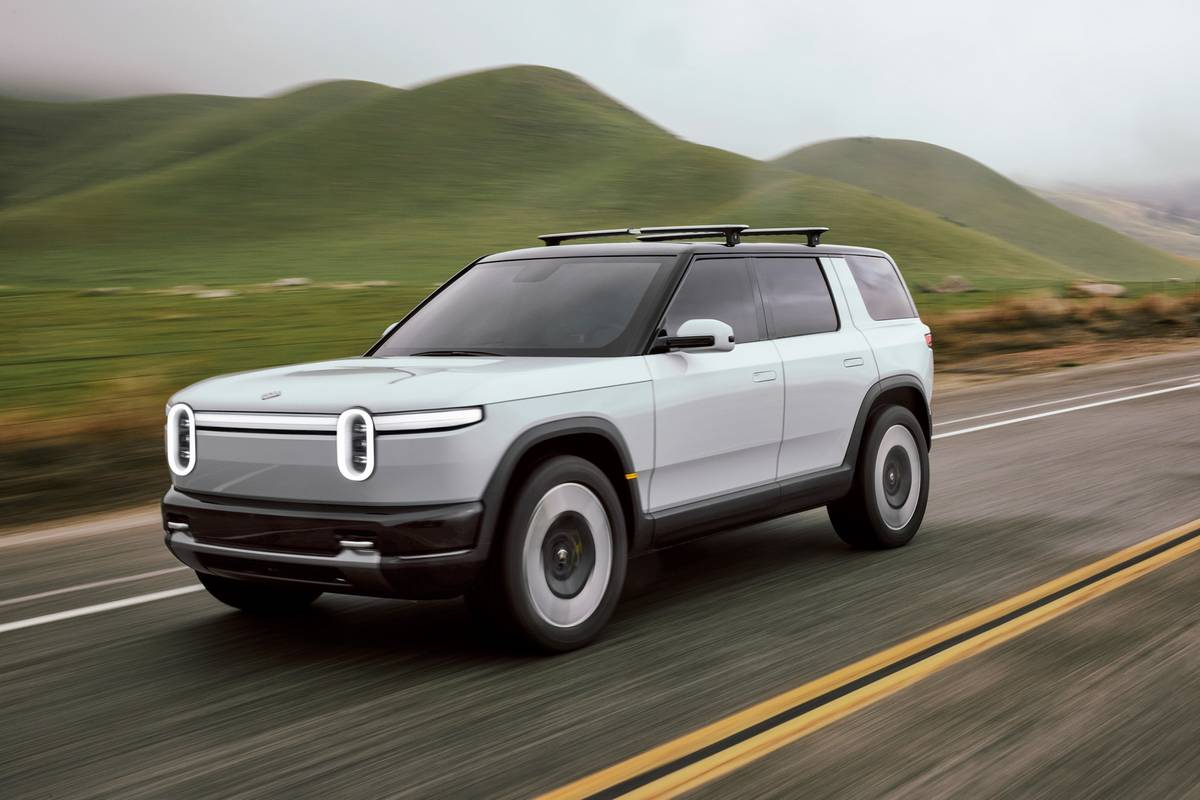
Competes with: Tesla Model Y, Volkswagen ID.4, Ford Mustang Mach-E, Chevrolet Blazer EV, Nissan Ariya, Hyundai Ioniq 5, Fisker Ocean
Looks like: R2 looks like a smaller, two-row R1S with slightly awkward proportions; R3 is a lifted-hatchback shape, similar to the classic Volkswagen Golf Country, with distinct Rivian front and rear styling
Powertrains: Single-motor rear-wheel drive or dual- or tri-motor all-wheel drive; two battery packs; Rivian-estimated 300-plus miles of range for all configurations; power TBA
Hits dealerships: R2 in the first half of 2026, R3 and R3X to follow
Amid reports of financial woes, Rivian today unveiled two new electric vehicles it hopes will be both more affordable and more profitable than its flagship R1T pickup truck and R1S SUV: the R2 SUV and R3 crossover. Both the R2 and R3 ride on an all-new mid-size platform that Rivian says reduces manufacturing complexity and cost — while also reducing vehicle size, which in turn should make these new vehicles more city-friendly than the larger R1T and R1S.
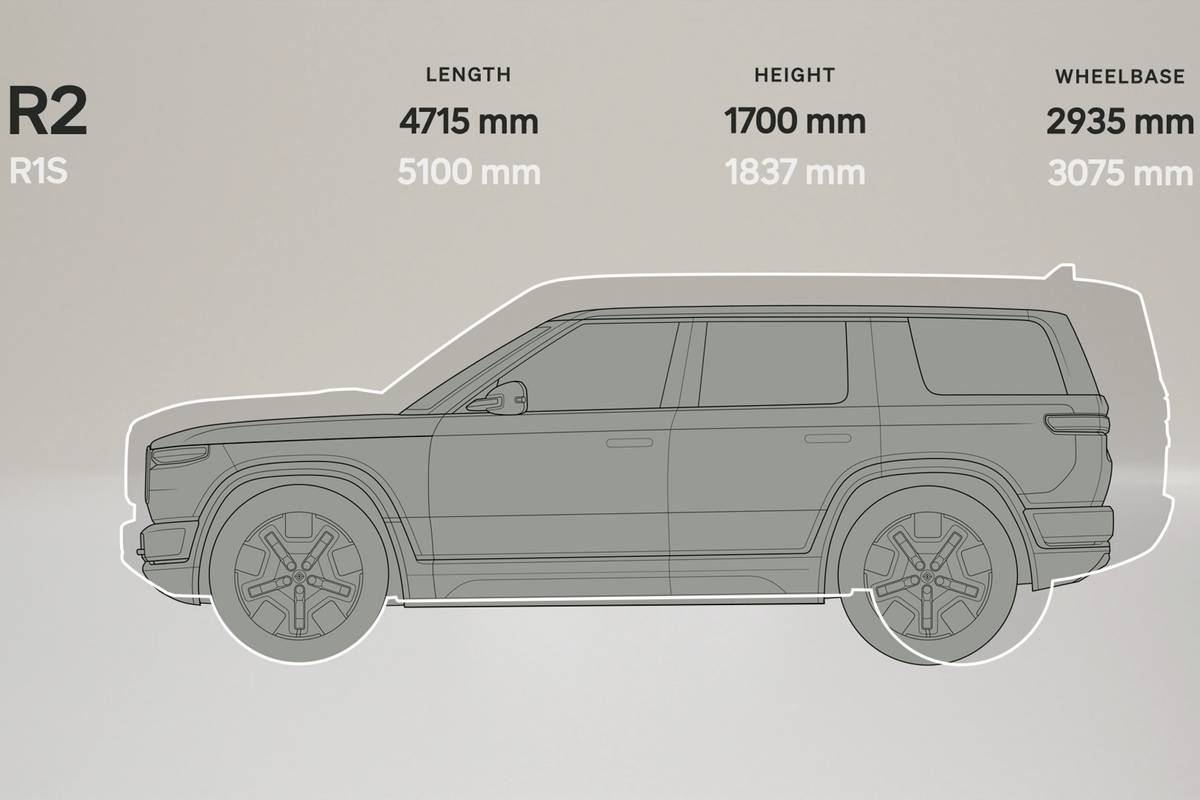
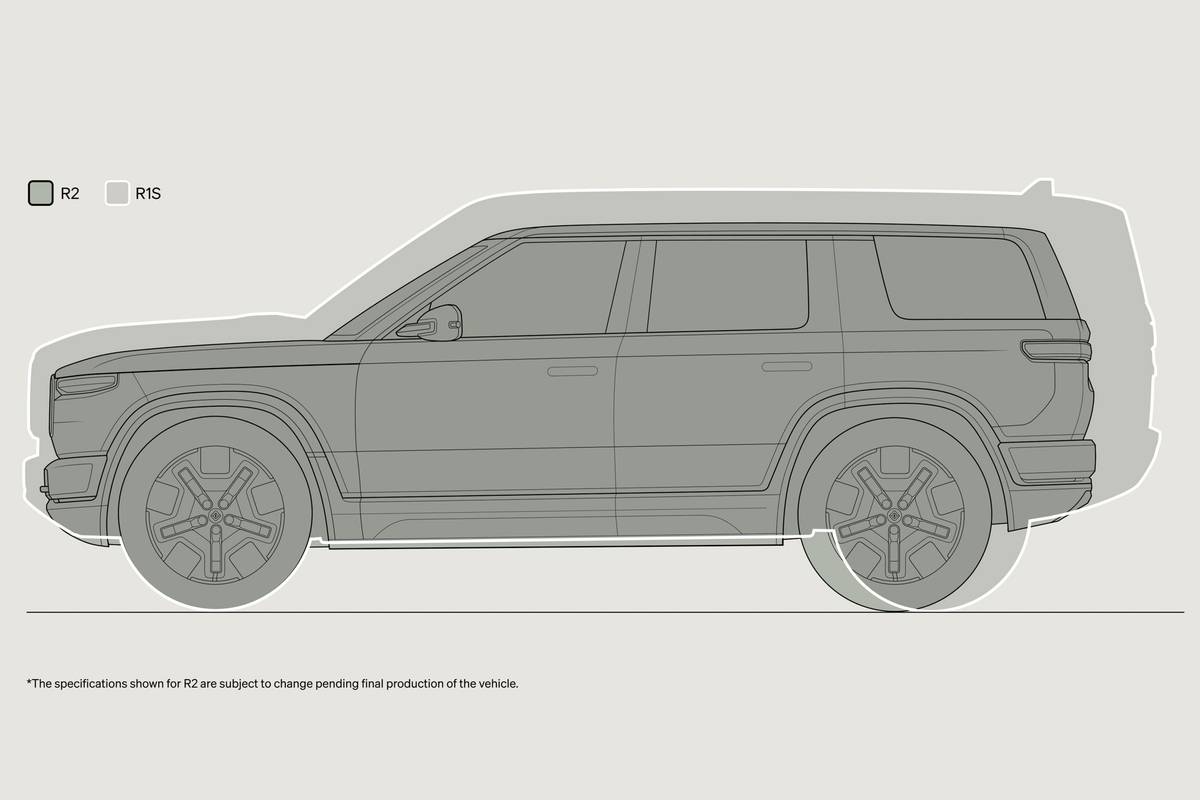


Full specifications have yet to be released, but here’s what we learned from the official debut event.
Related: 2023 Rivian R1S Review: Upstart’s Second Model Is Actually the Better One
Classic Looks
The R2 is the more Rivian-looking of the two new vehicles, with similar lines and styling to the three-row R1S SUV, but in a smaller package. From what we saw on the livestream, the R2 is a tad awkward-looking compared to the R1S, with a long hood relative to its body size and a shorter rear overhang compared to its big brother. The overall package, however, remains very modern and rugged-looking.
Notable exterior features of the R2 include Rivian-signature yellow accents and throwback pop-out rear-quarter windows. The rear window also fully retracts for interior access without opening the liftgate and to allow for longer item storage.
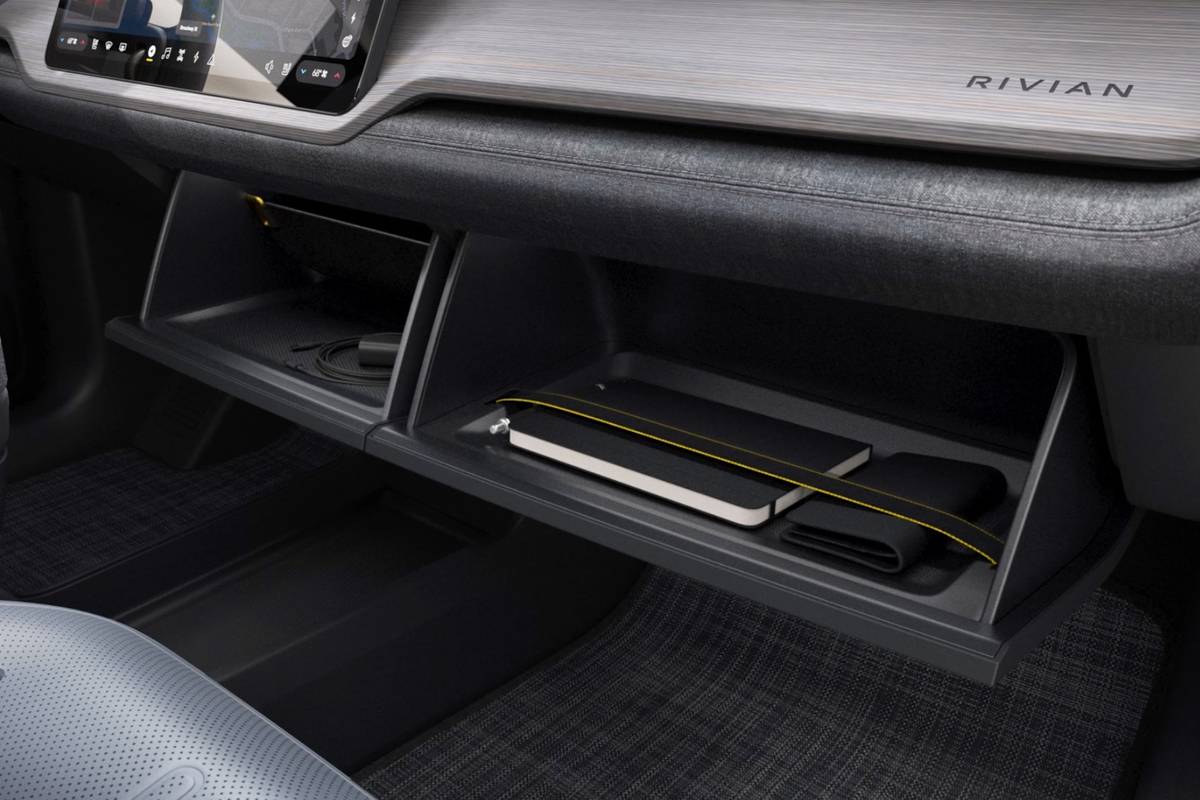
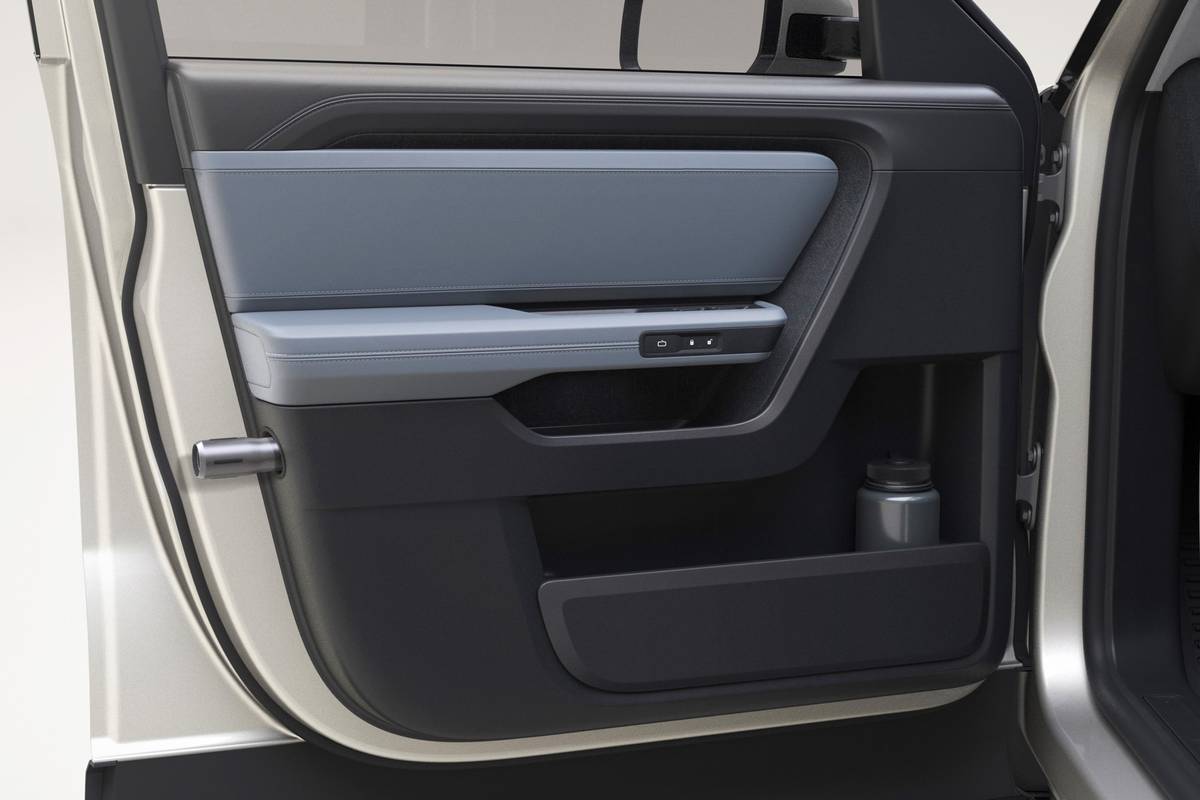
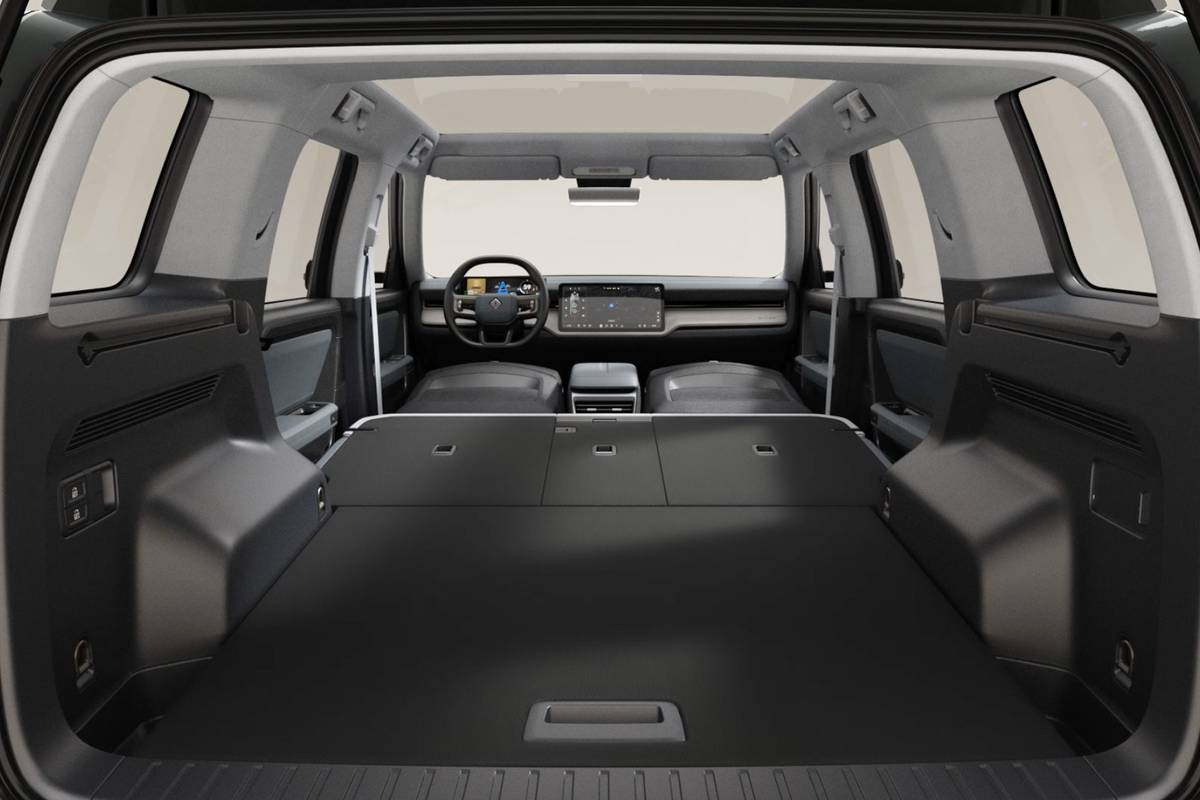
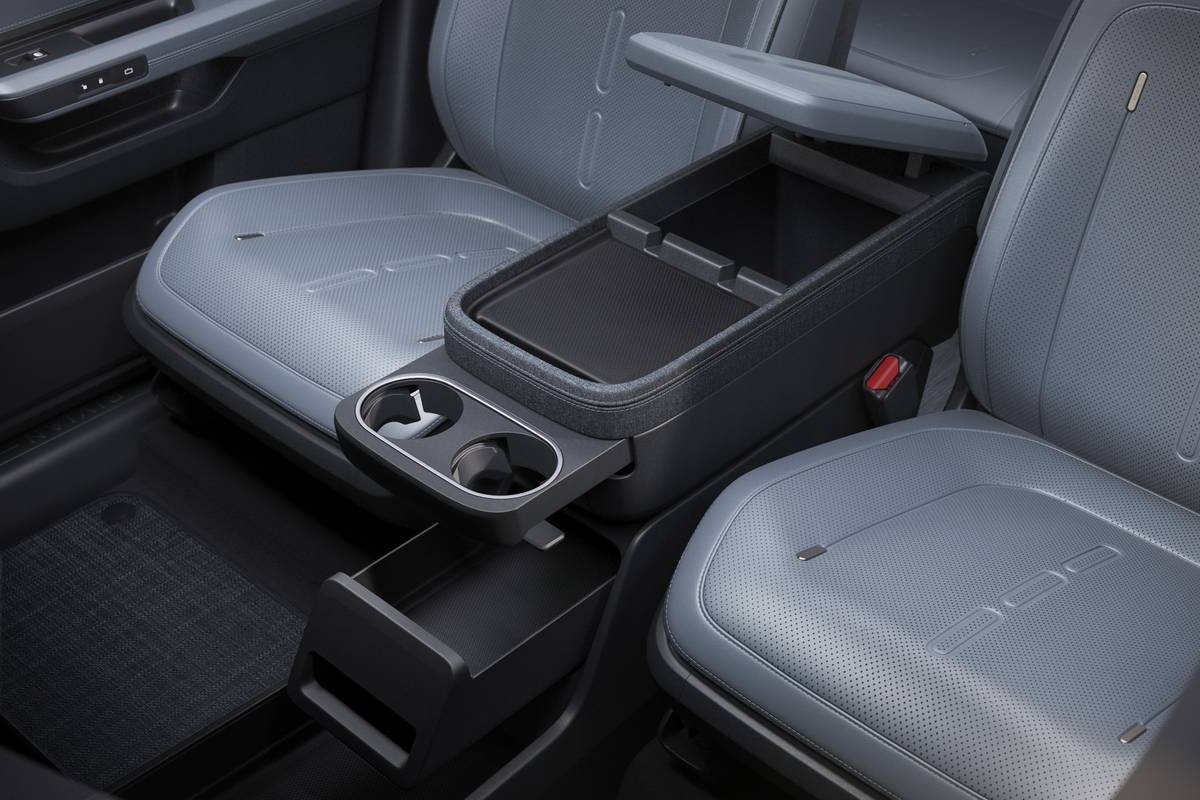
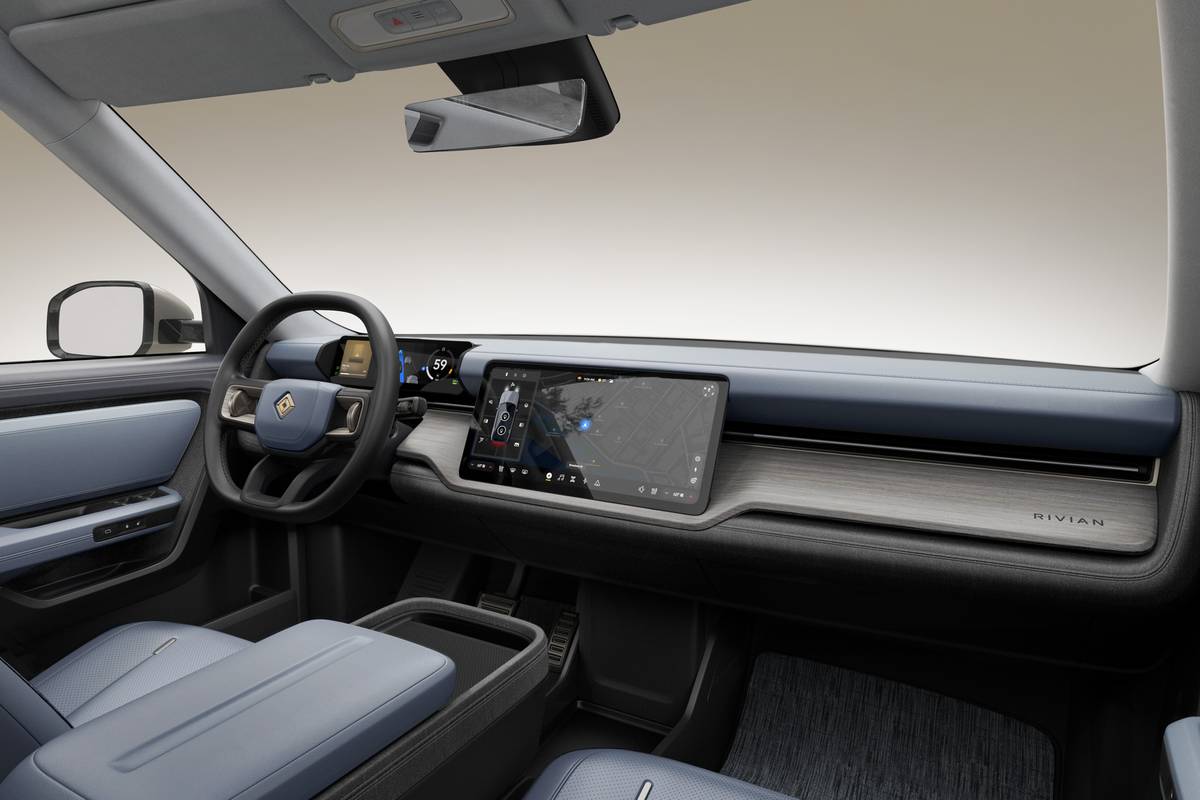
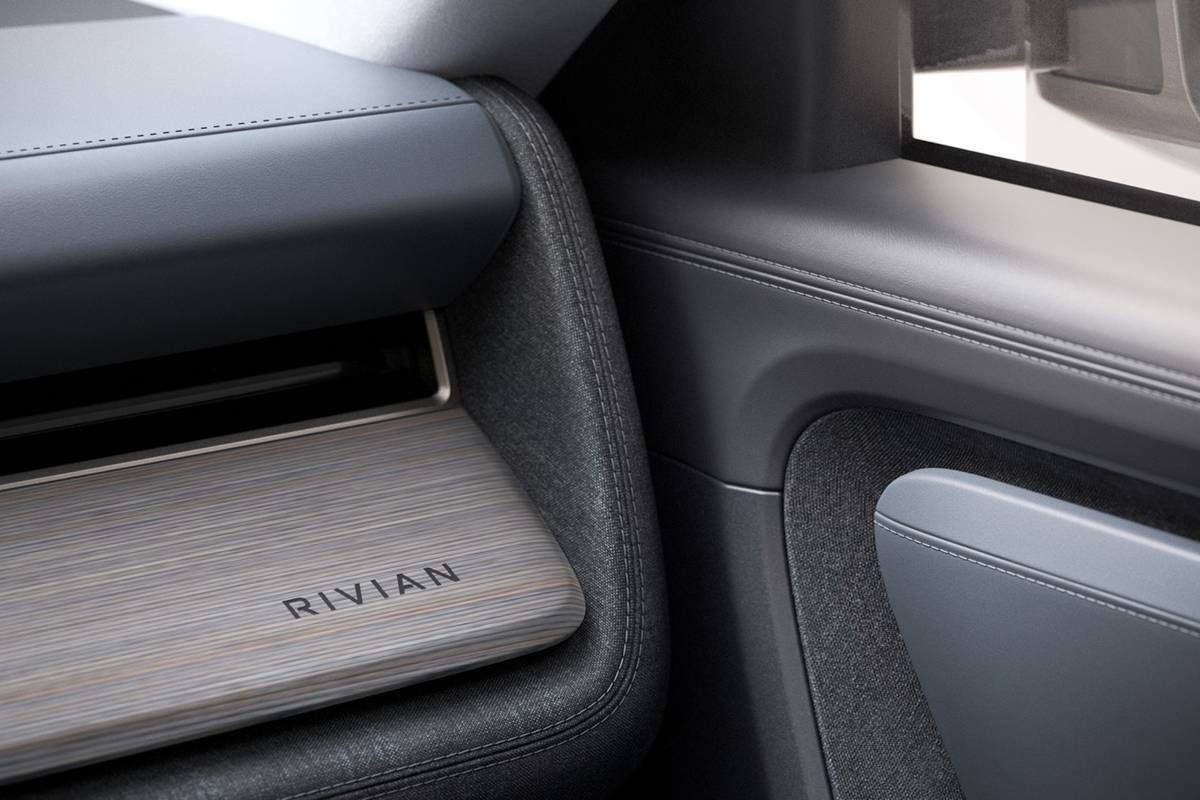
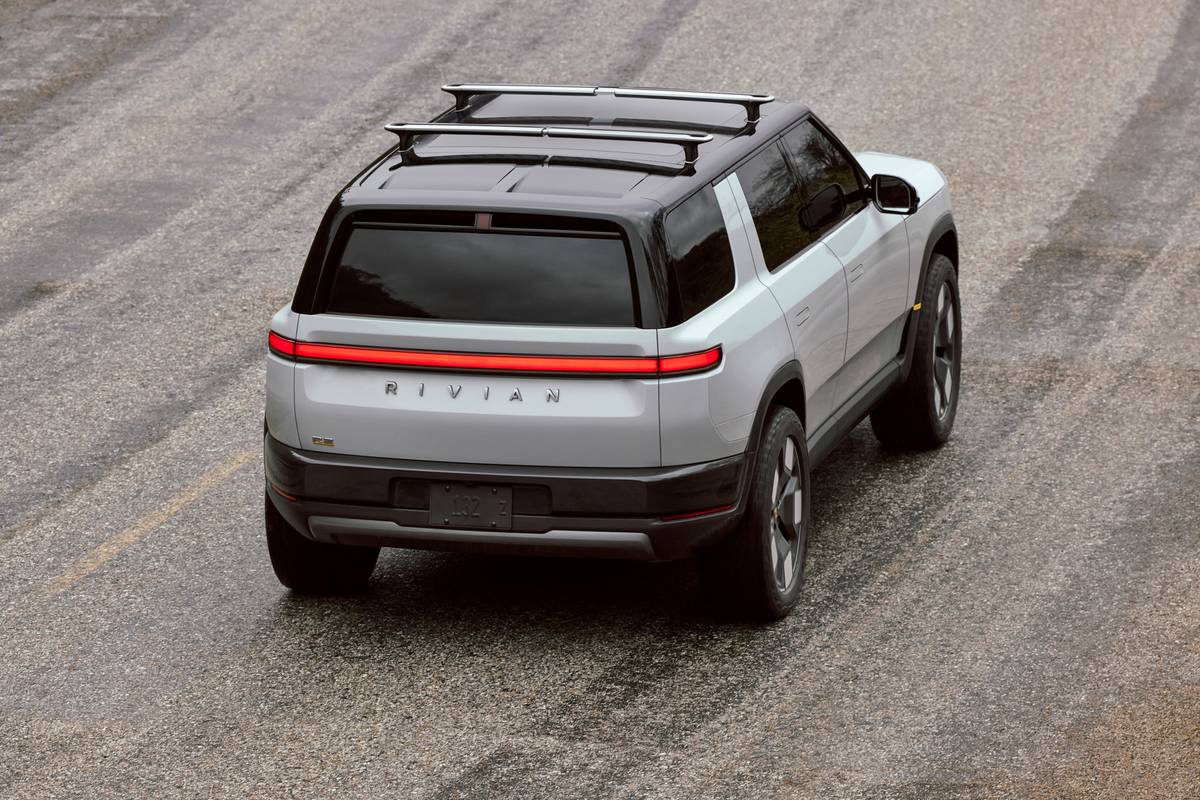
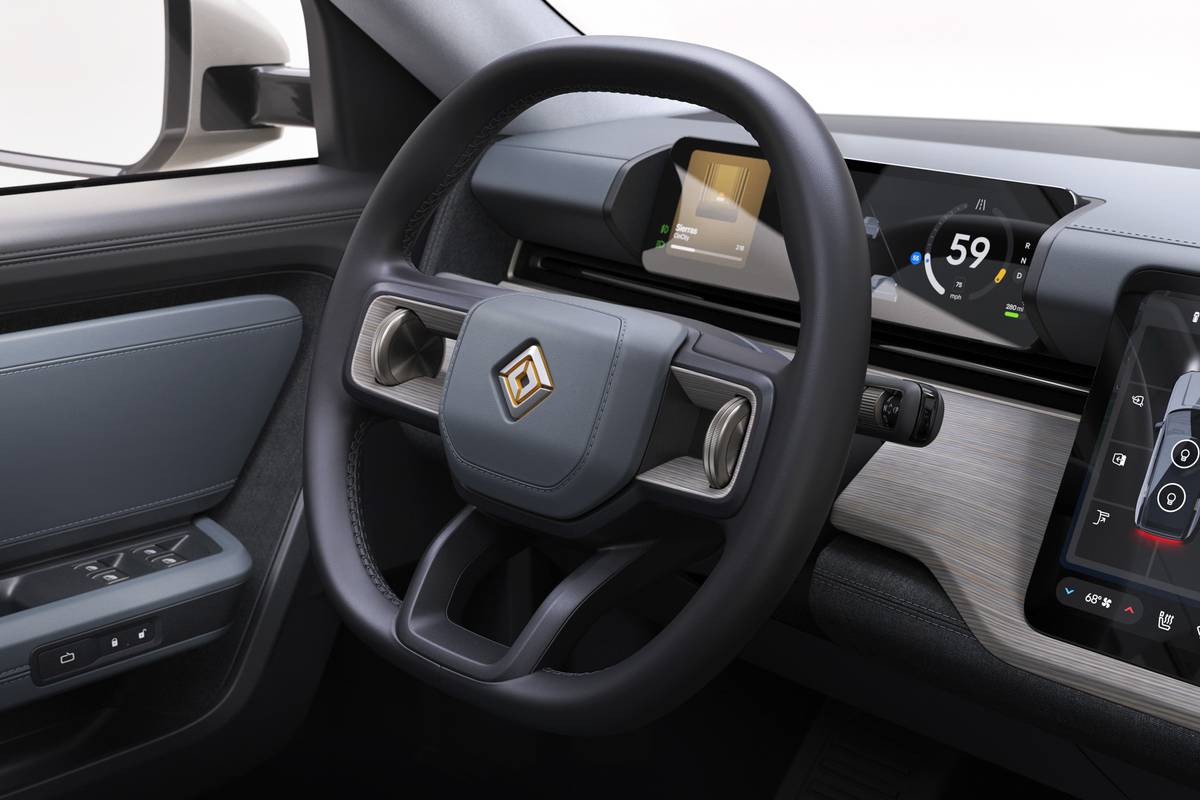
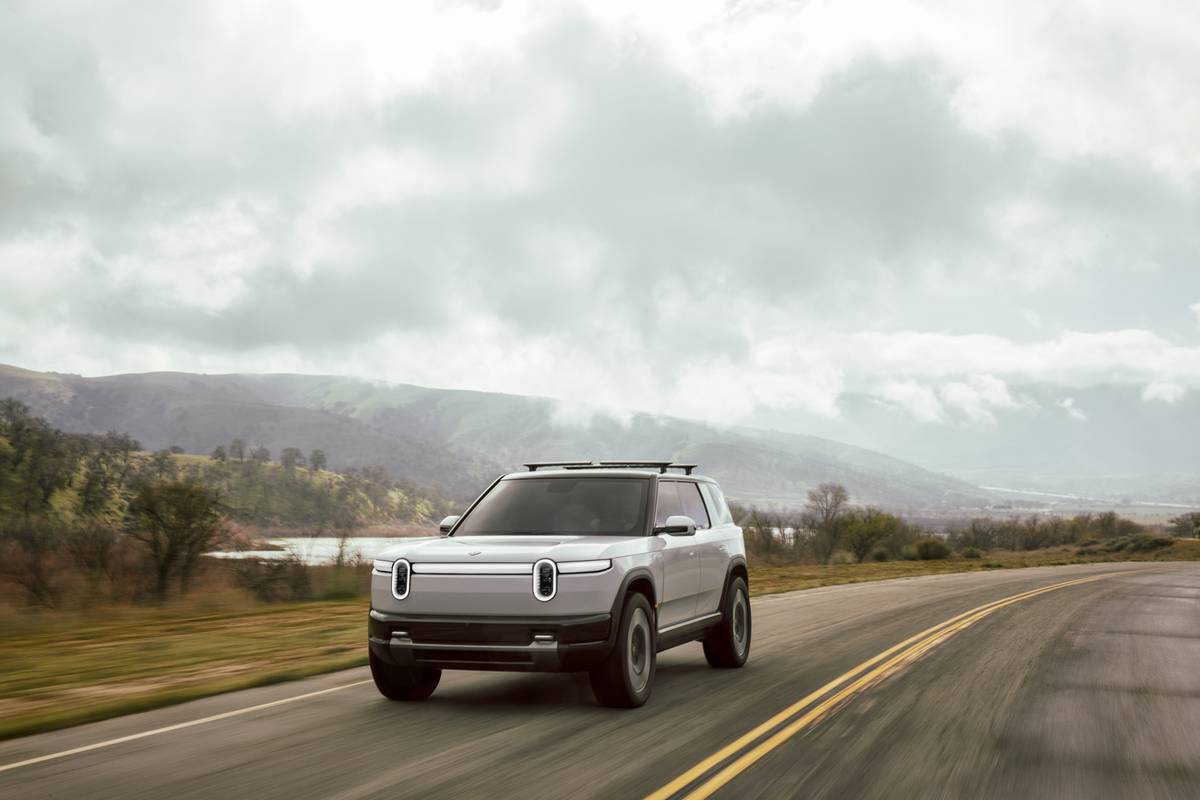
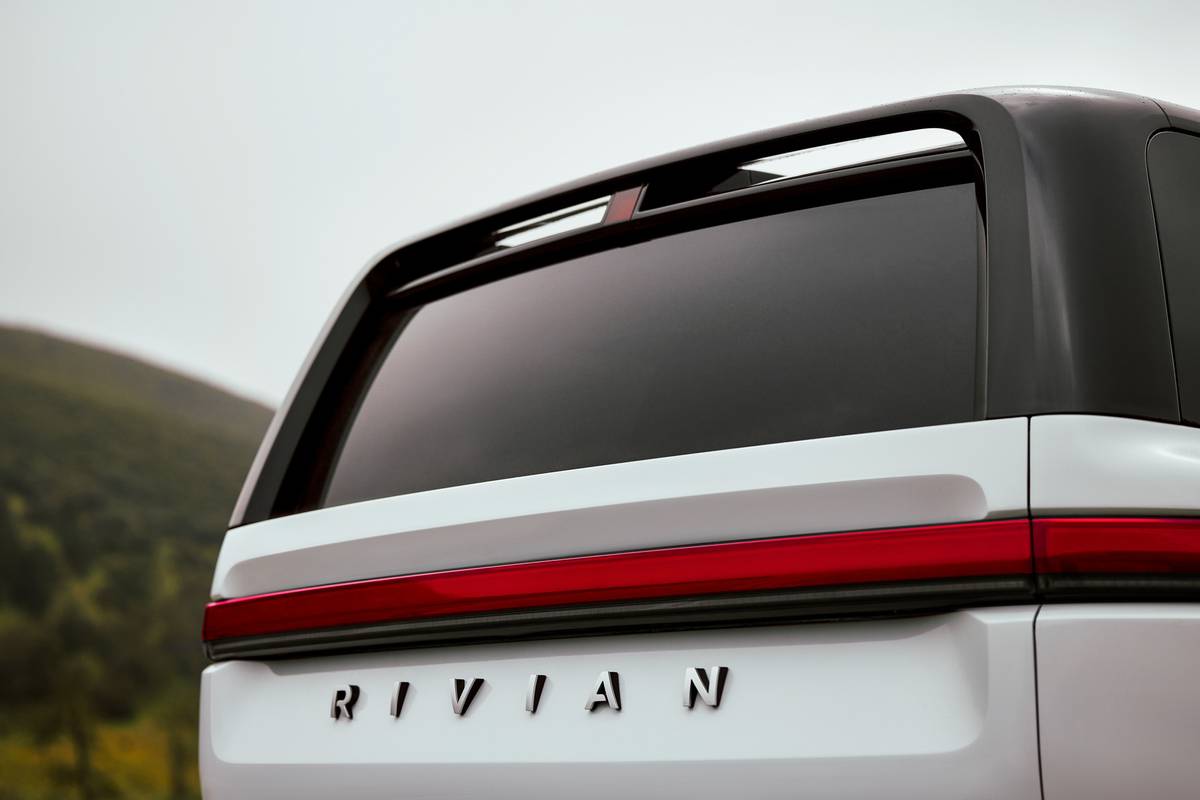
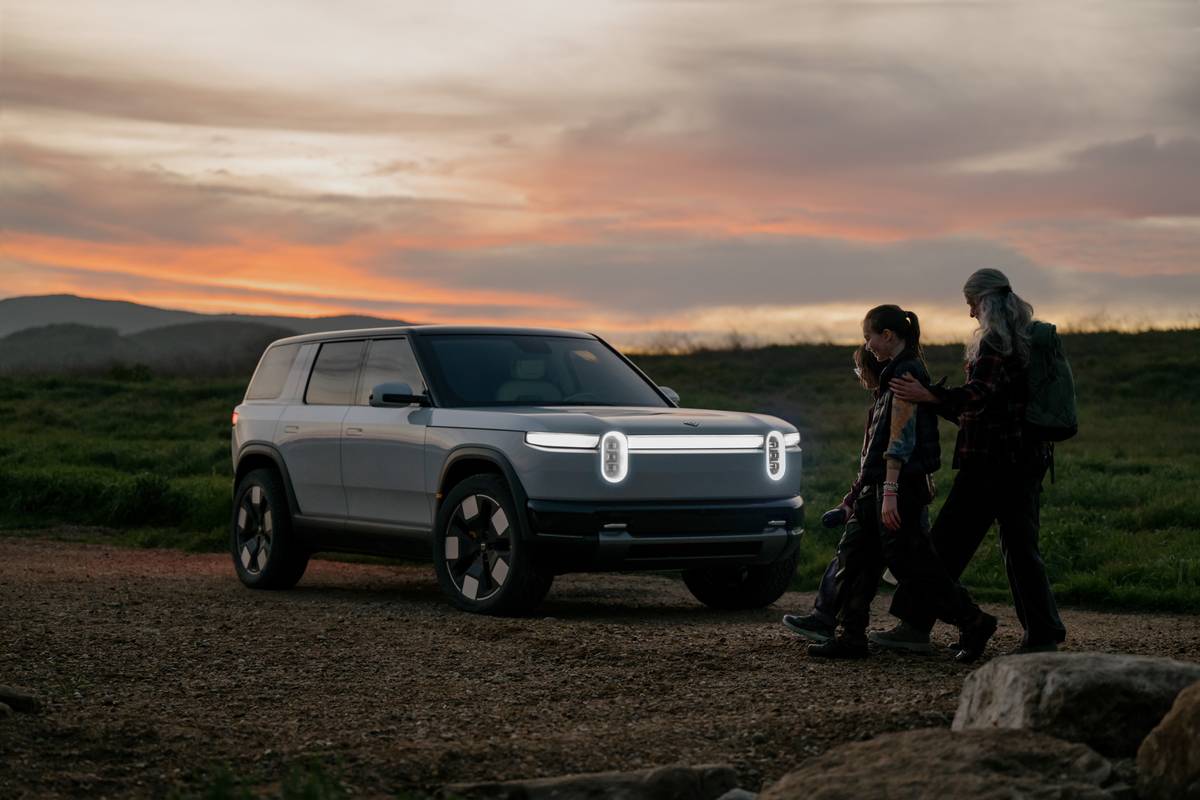
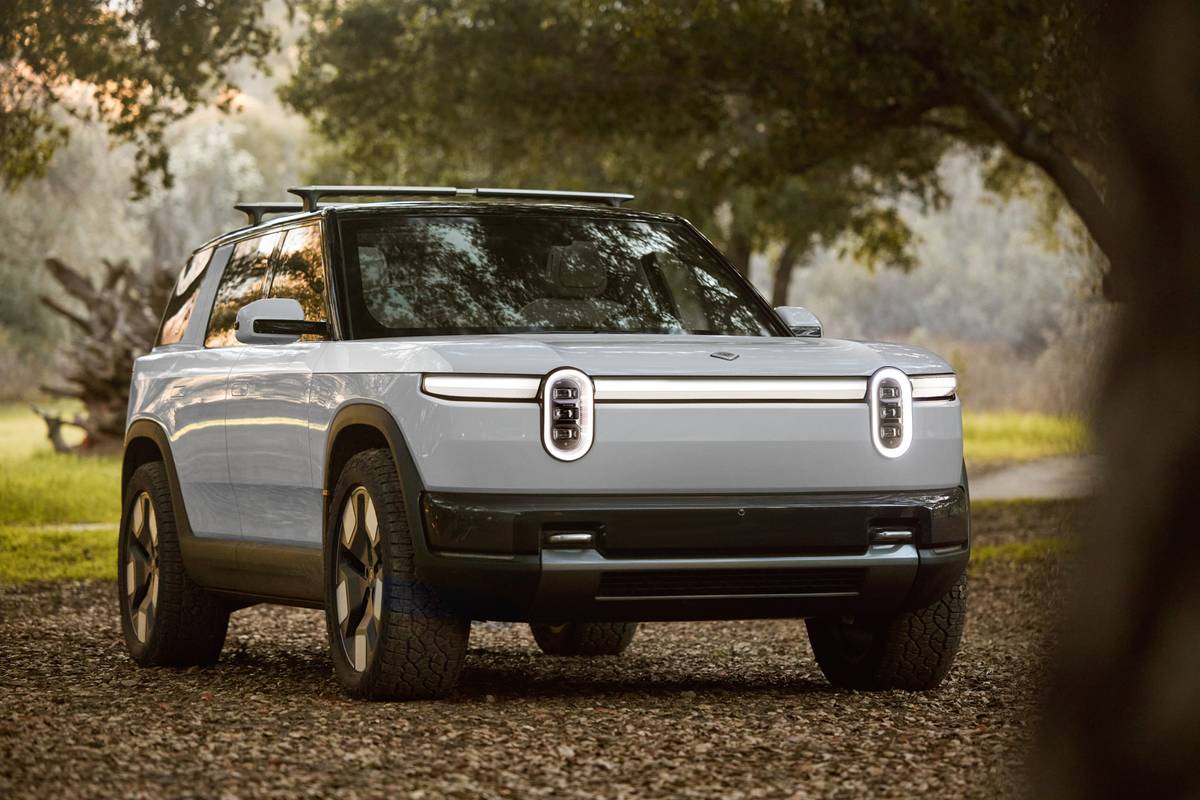
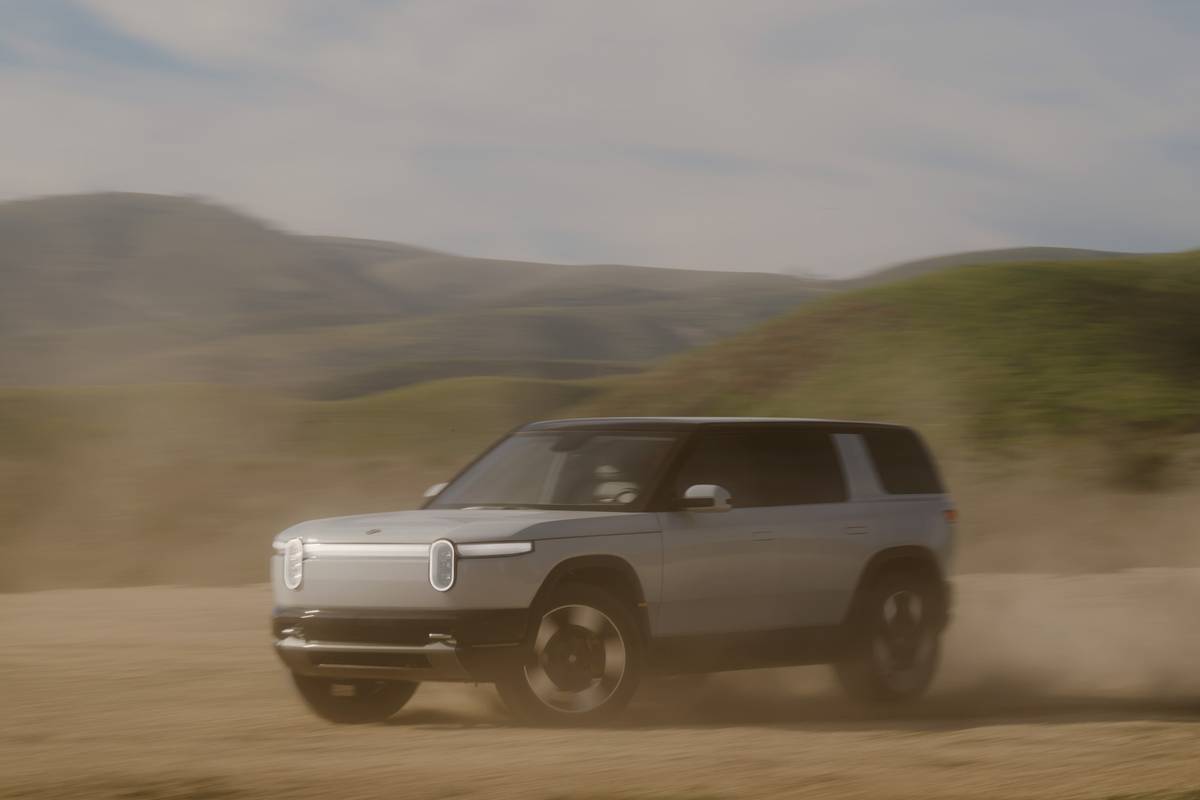
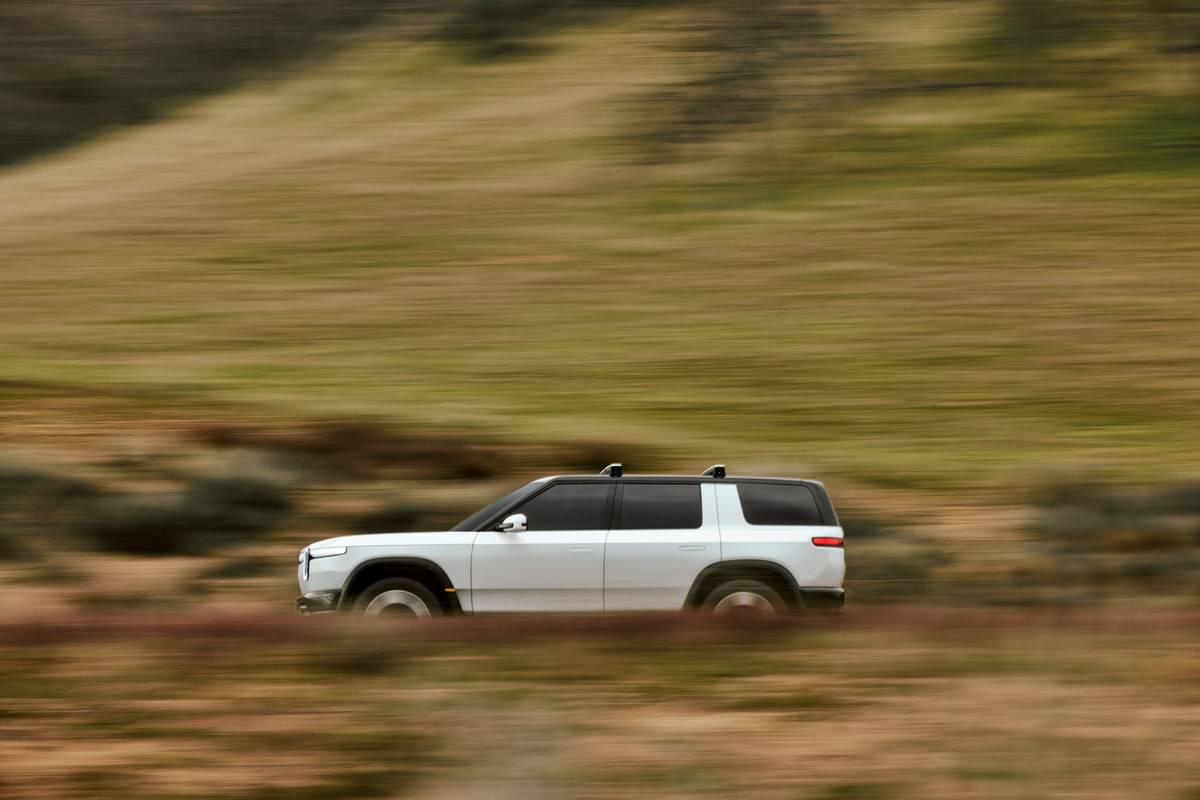
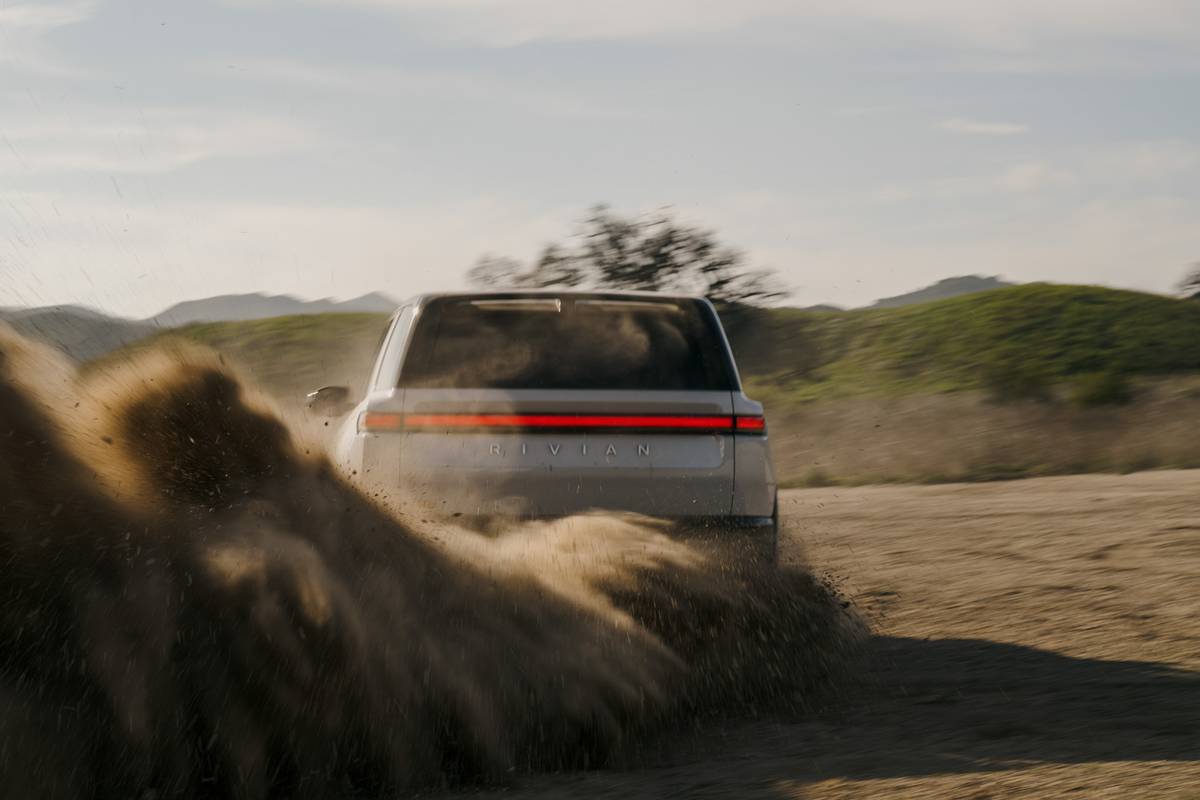
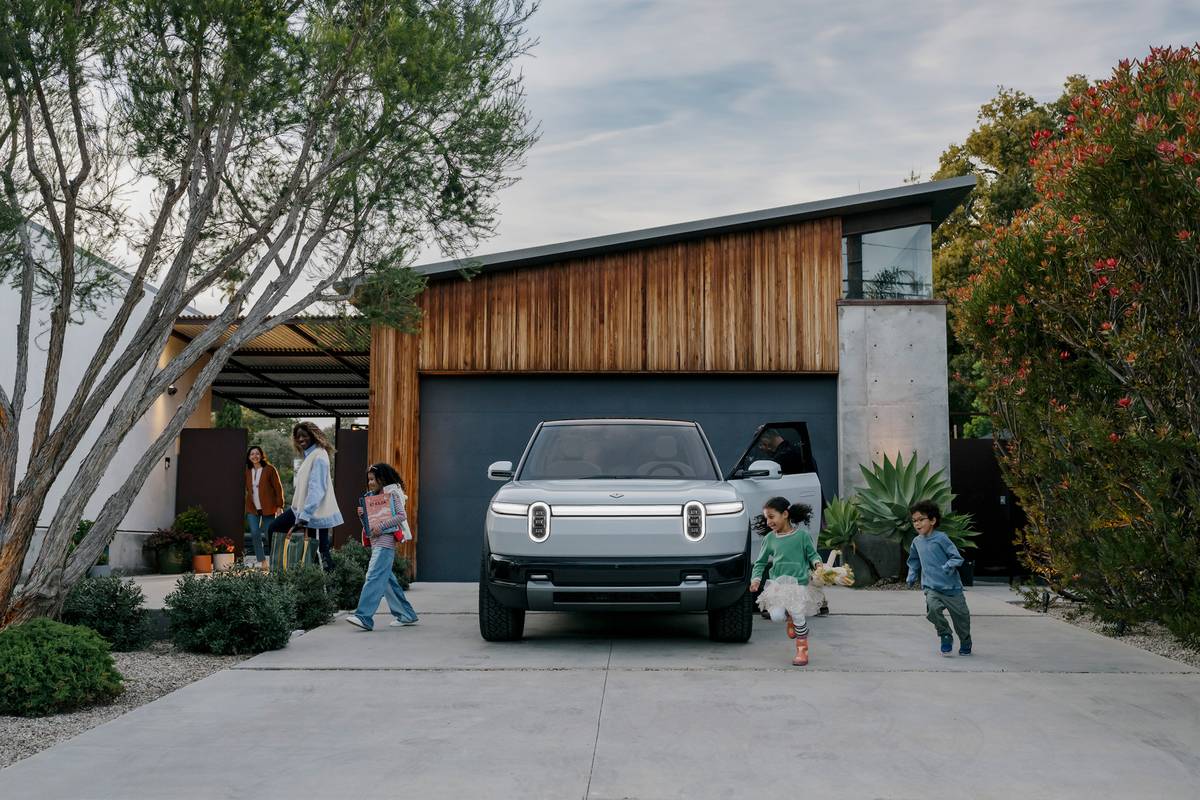
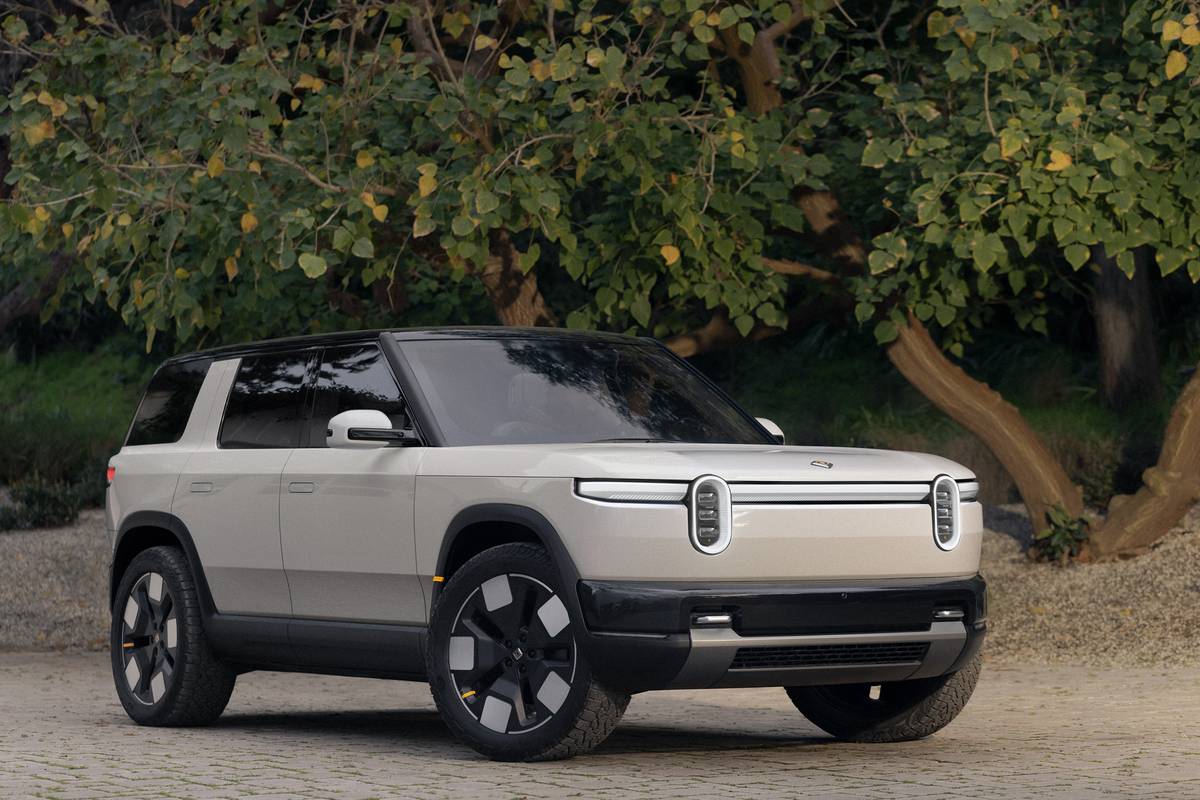

















The R3 and sportier R3X, meanwhile, are labeled as crossovers but look akin to the classic 1990s Volkswagen Golf Country, a lifted four-wheel-drive version of the legendary hatchback. The R3 looks built more for city life than the country, but the sportier R3X has bulkier fenders, fatter tires, front tow hooks, a rear spoiler and more to set it apart from the R3. Like the R2, the R3 and R3X have a rear liftgate with a secondary method of access; unlike the R2, this is a lifting rear window rather than a retracting one.
Both the R2 and R3 have sizable front trunks, as well as reinforced elements for frontal crash safety (both of which likely contribute to some of the proportionality issues).
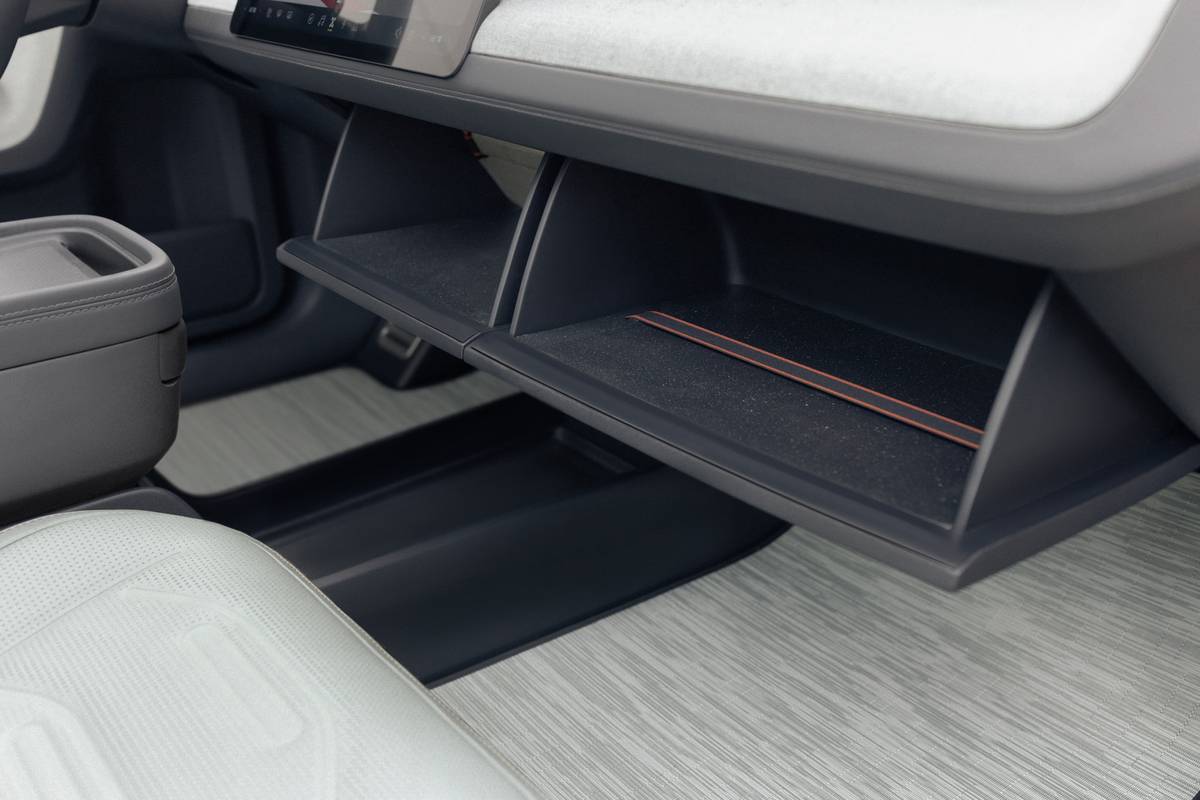
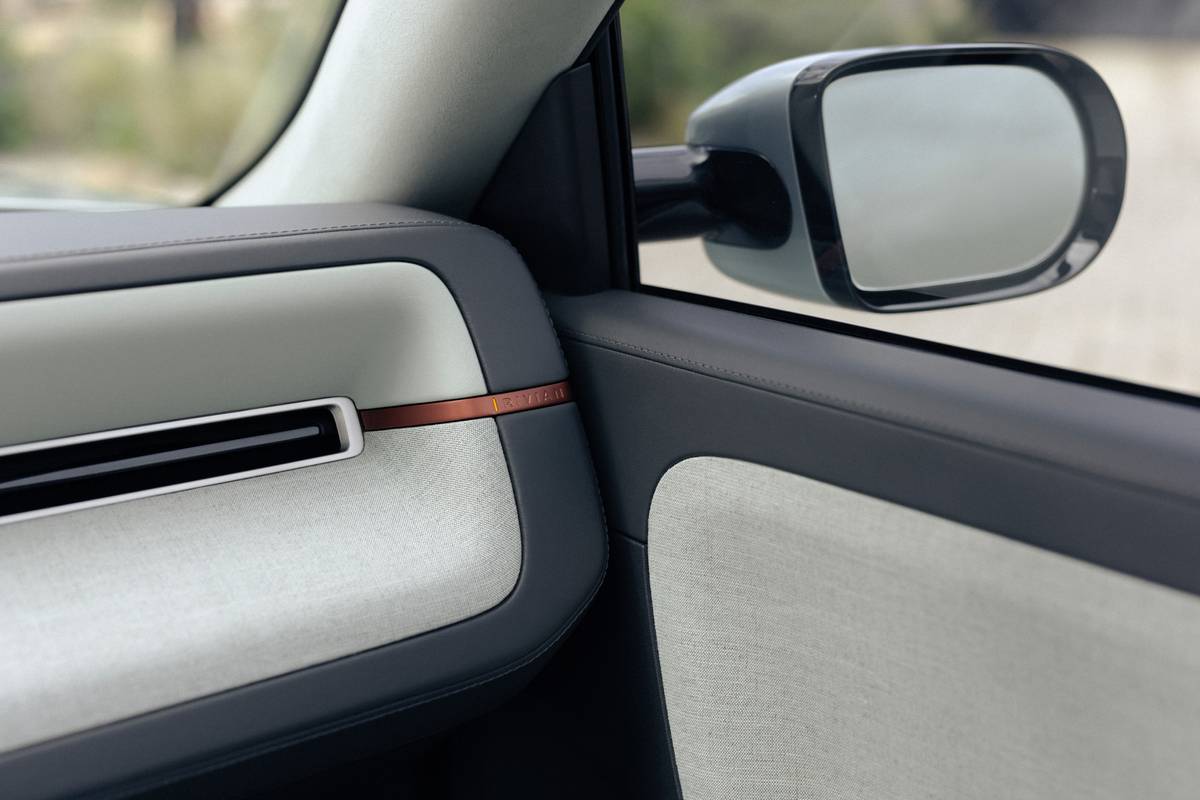
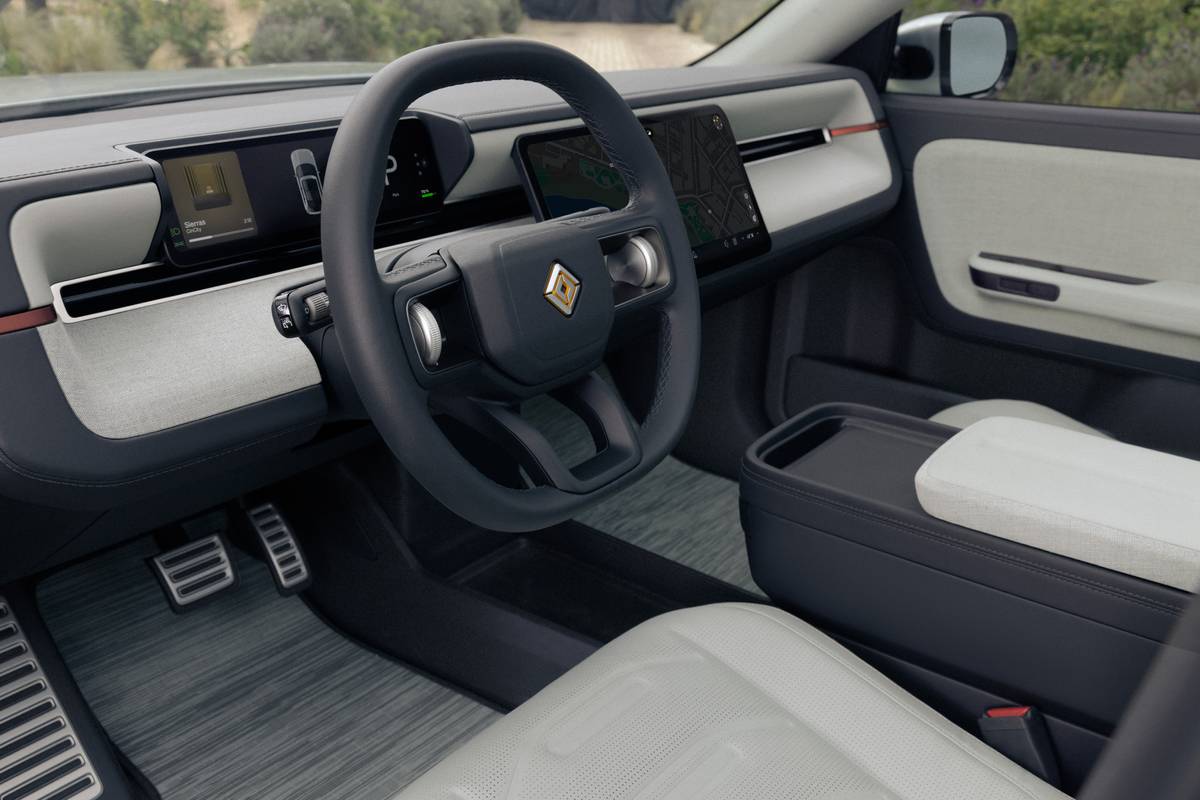
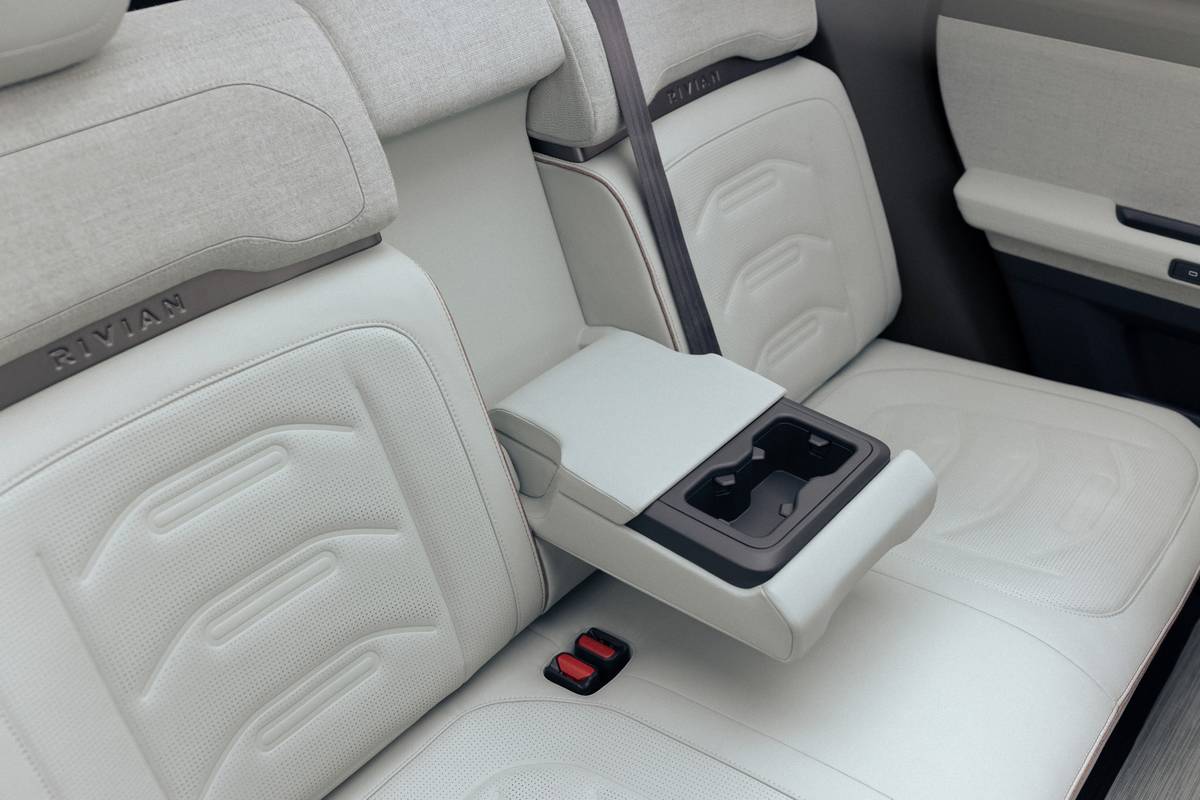
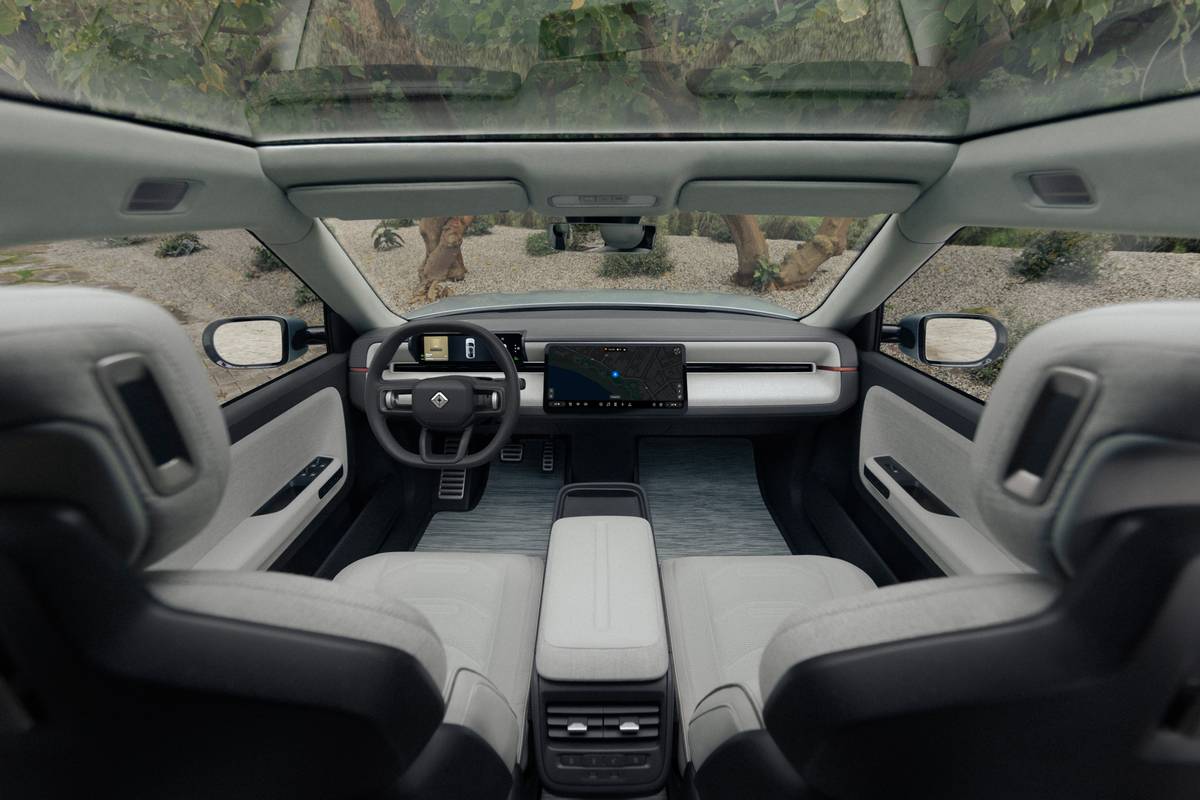
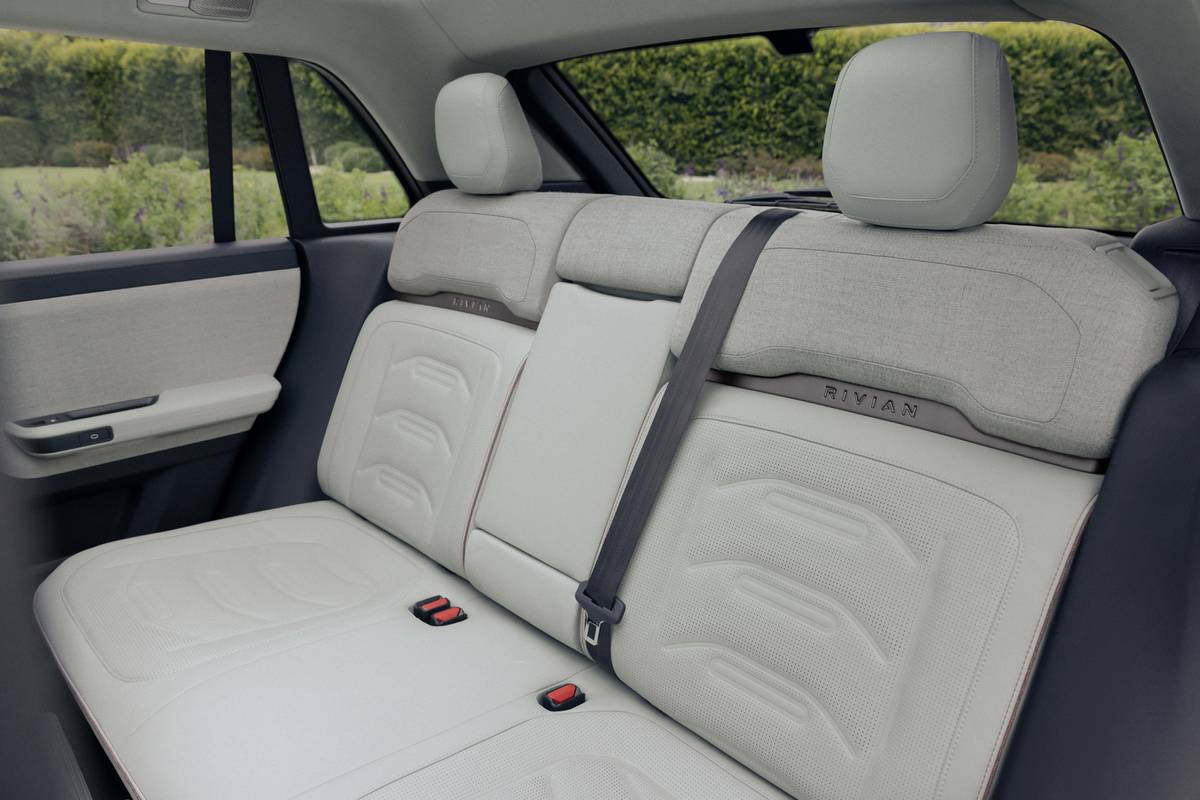
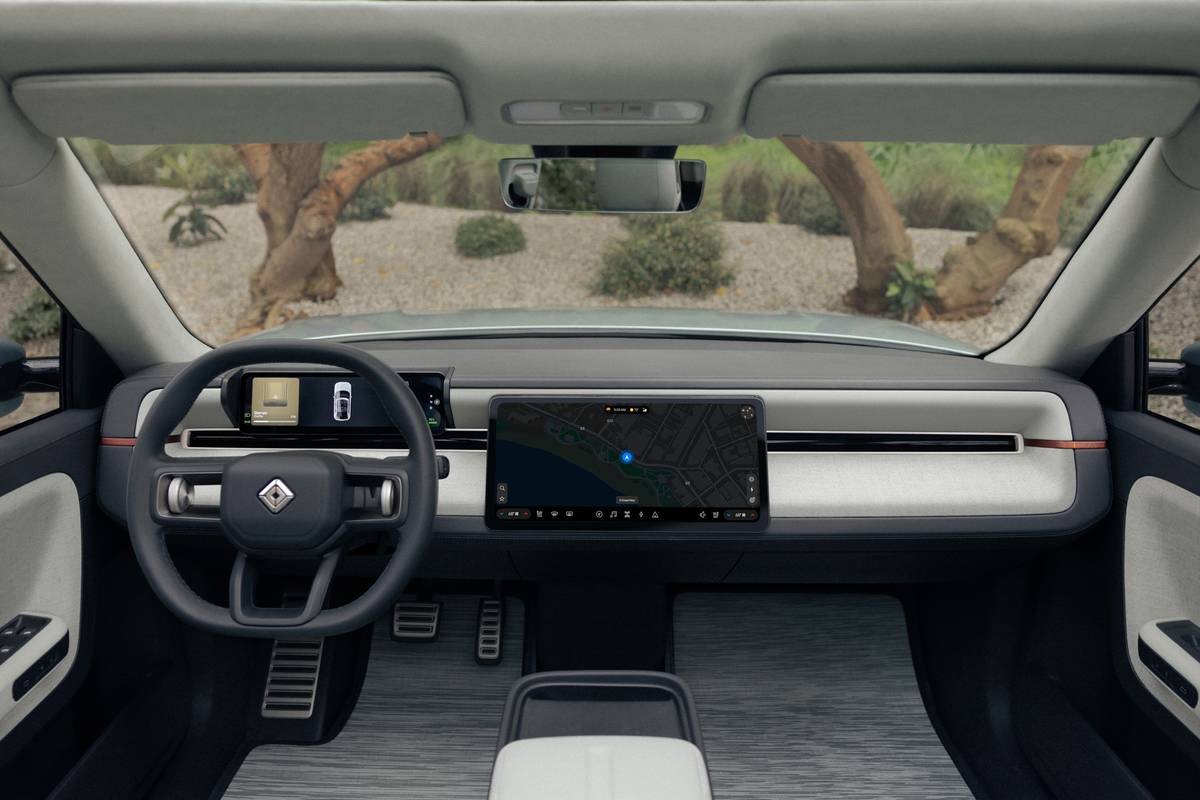
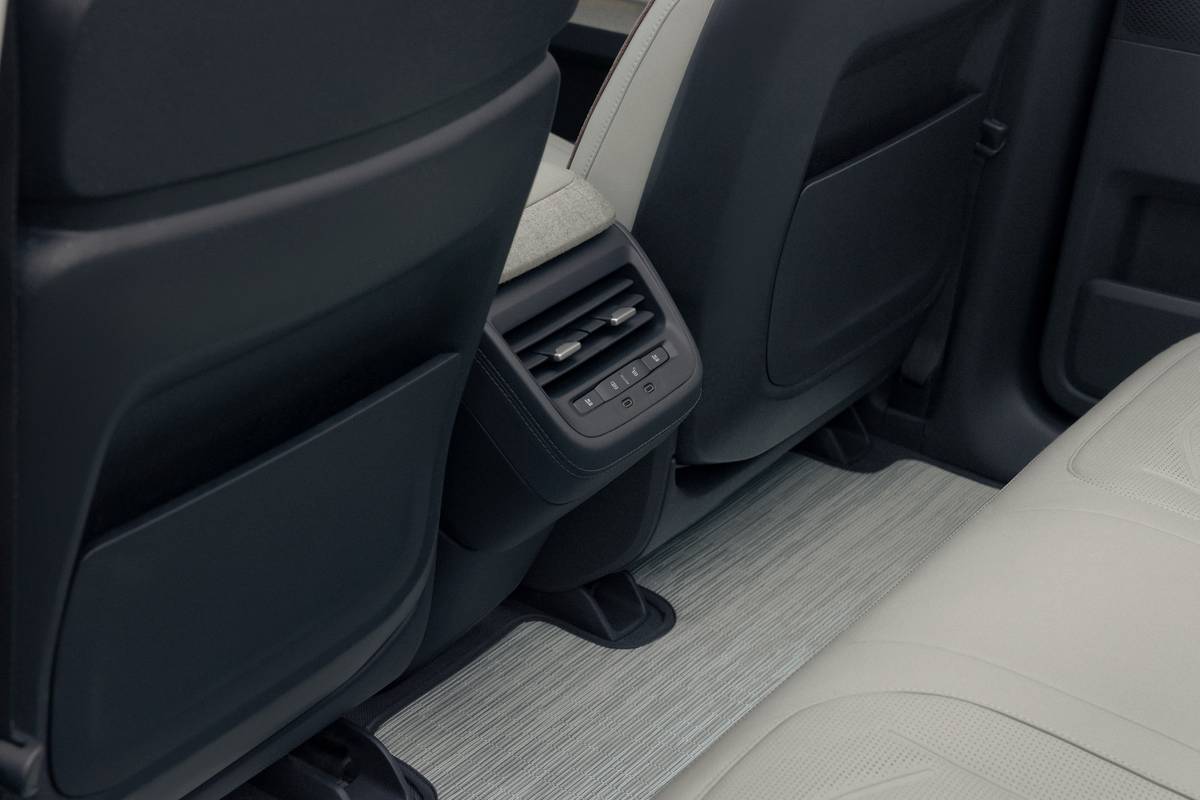
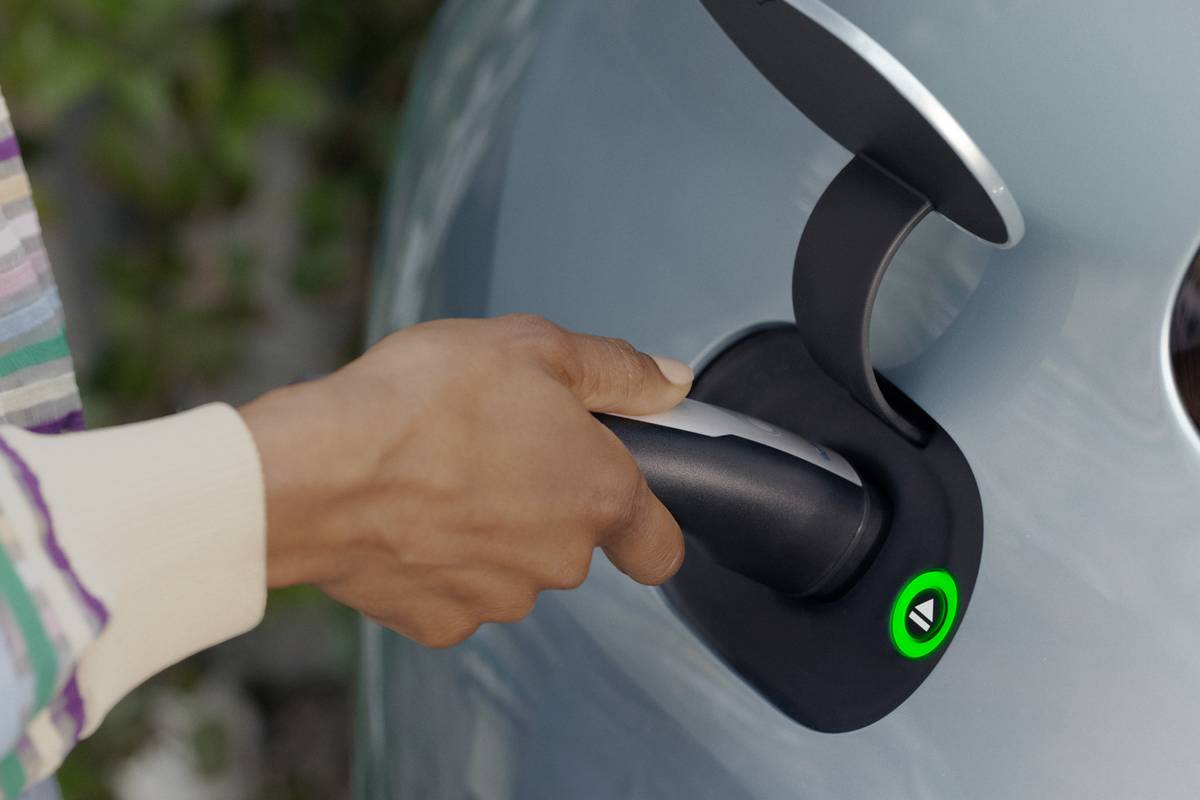

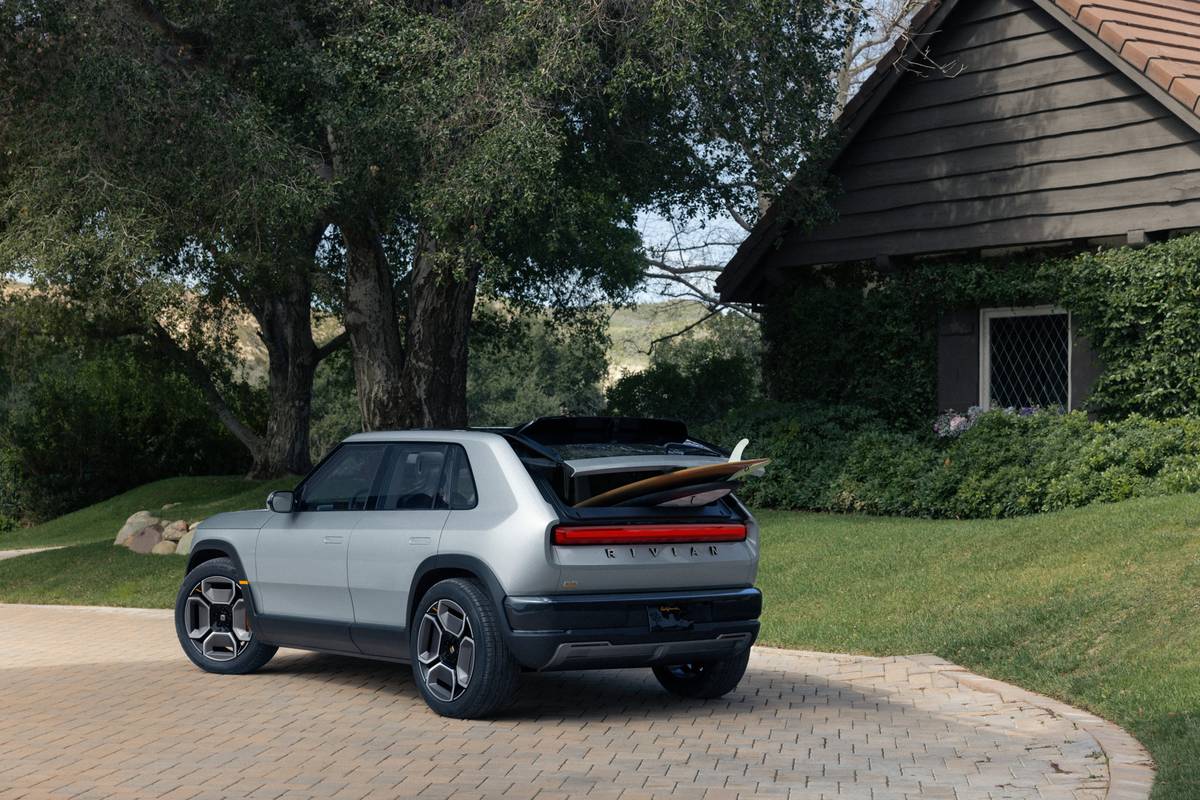
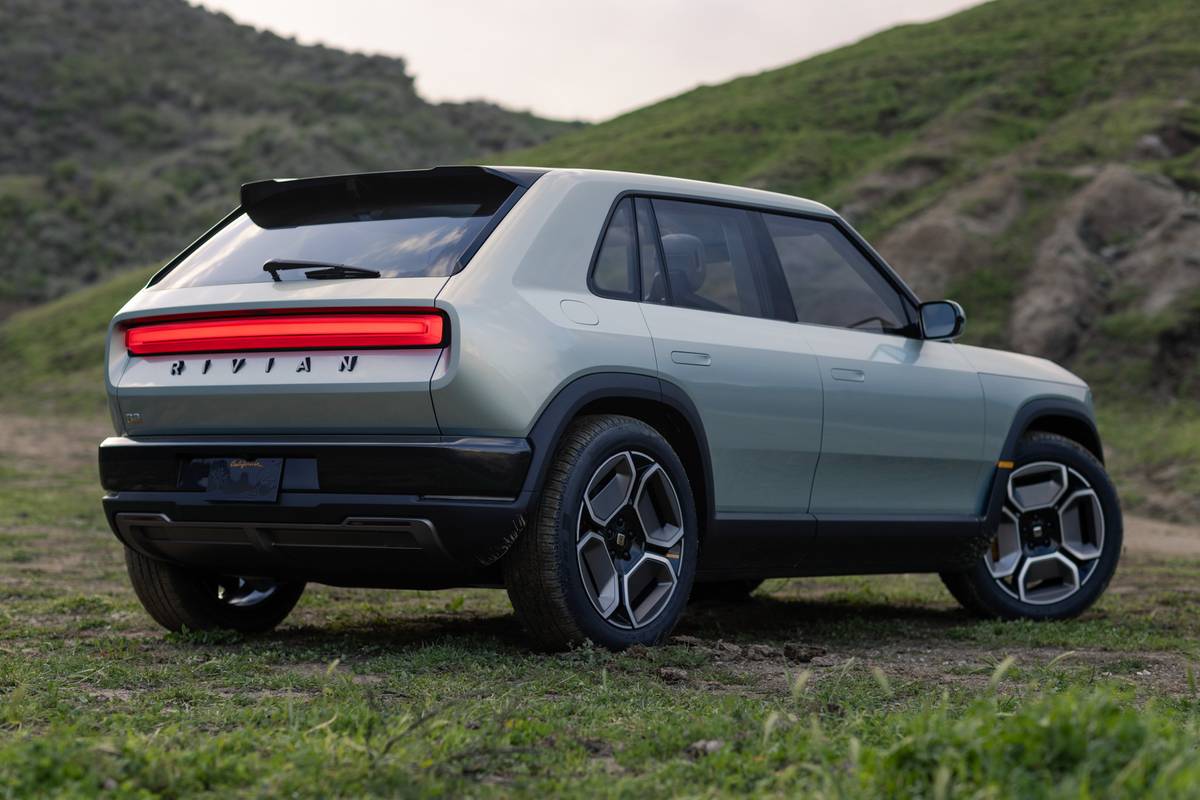
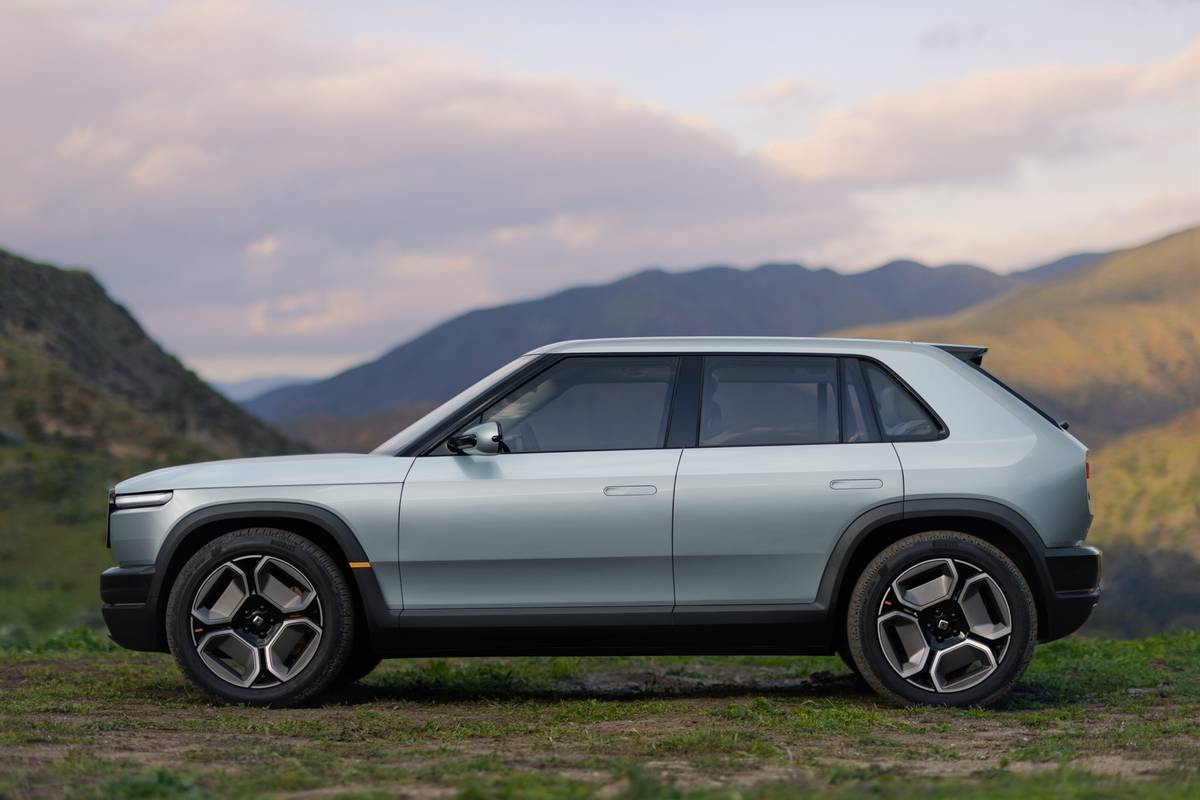
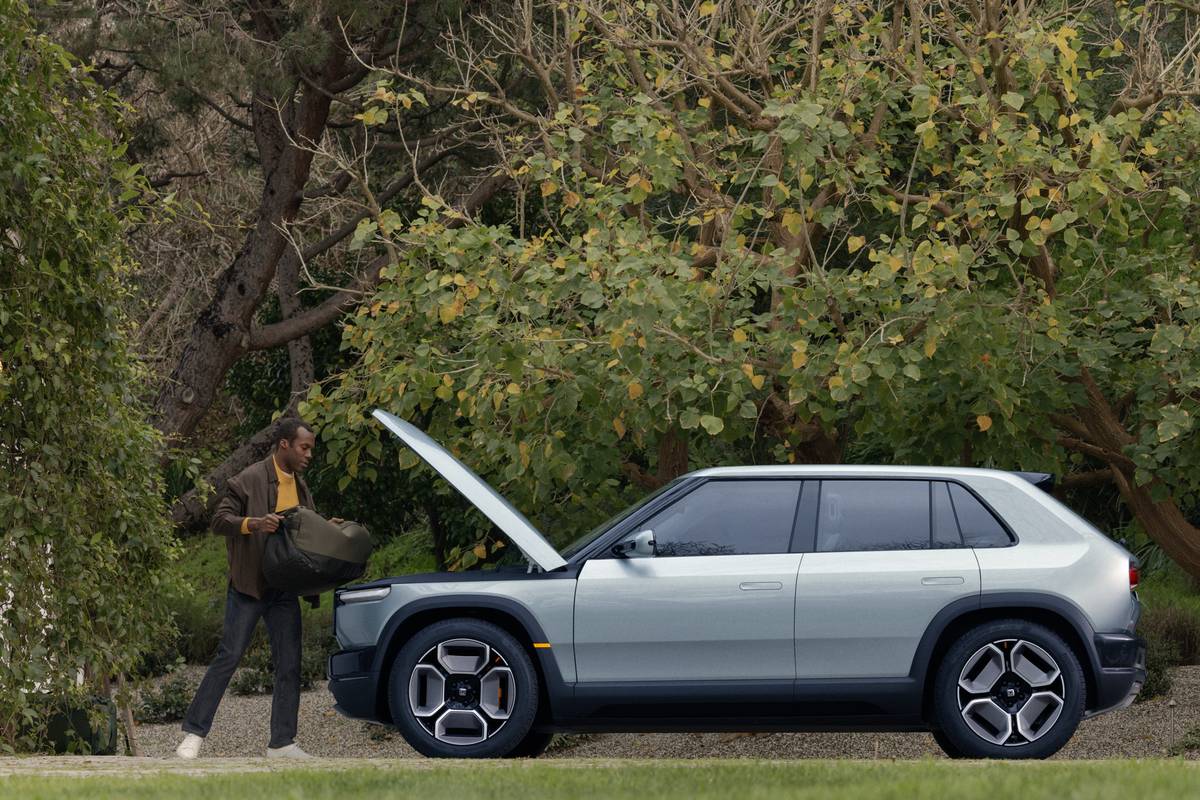
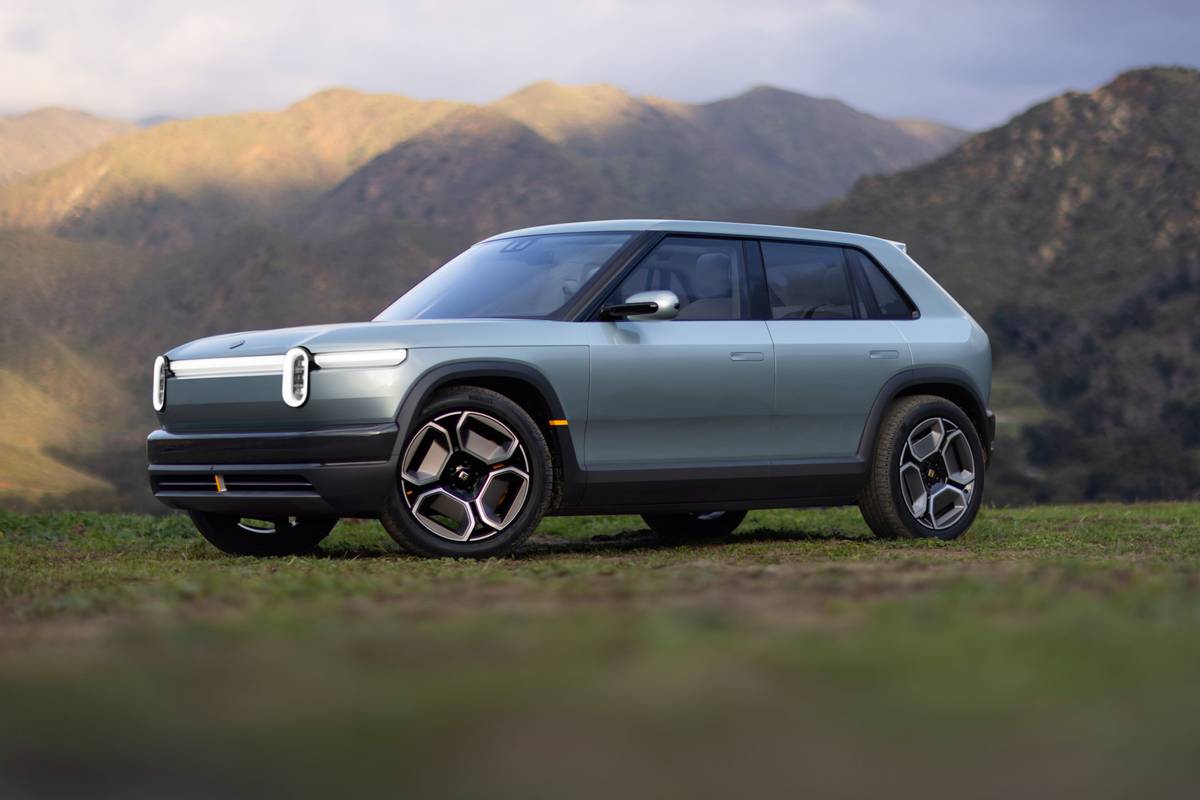
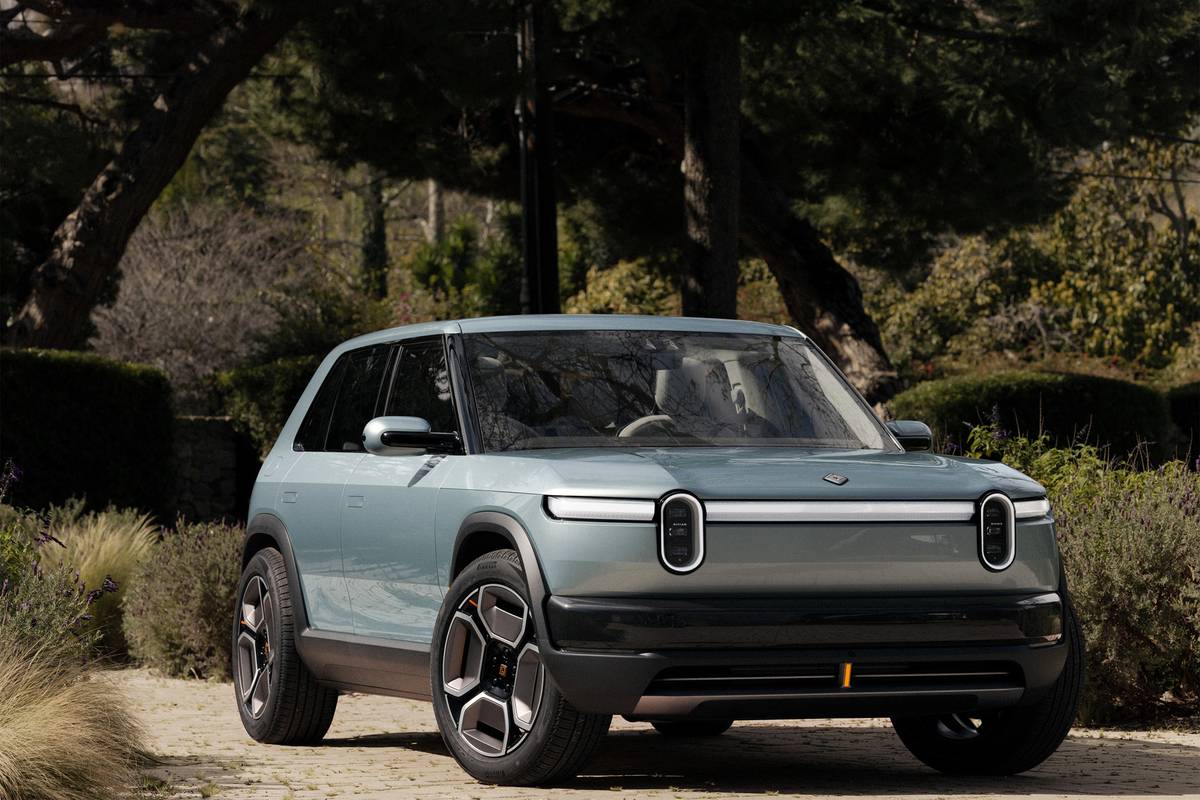
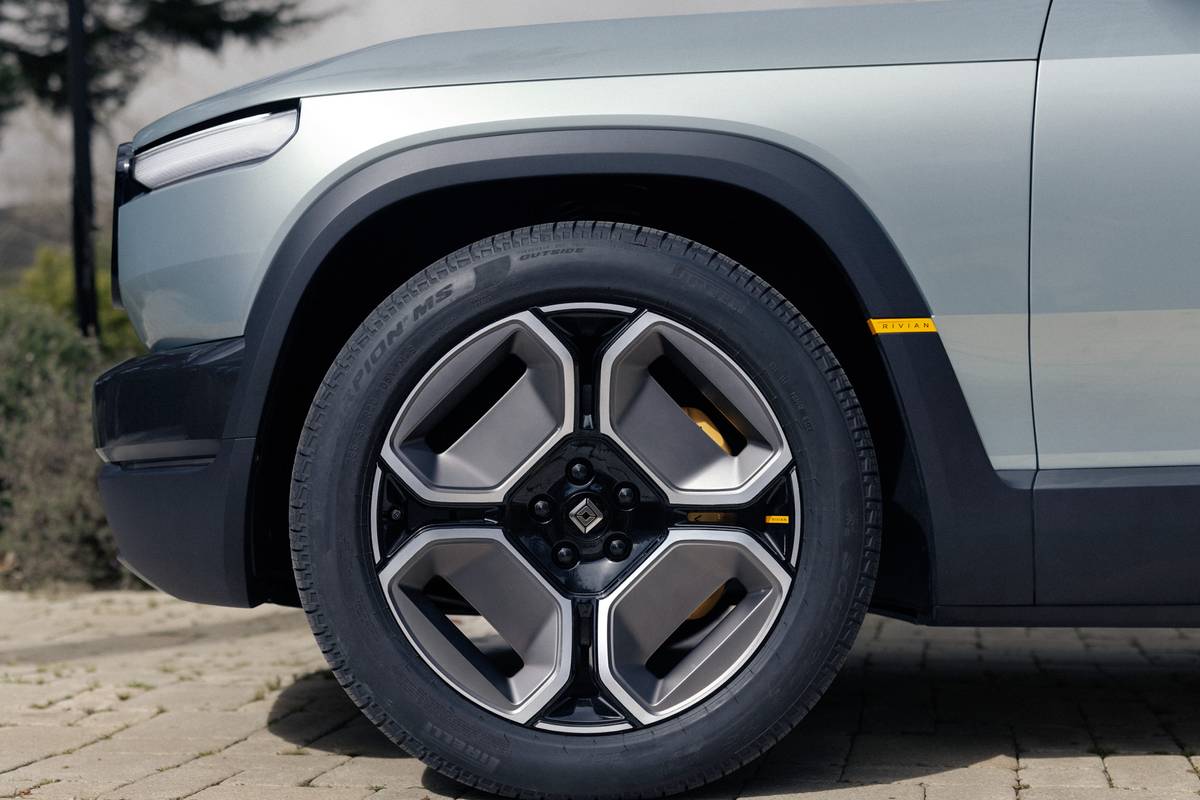
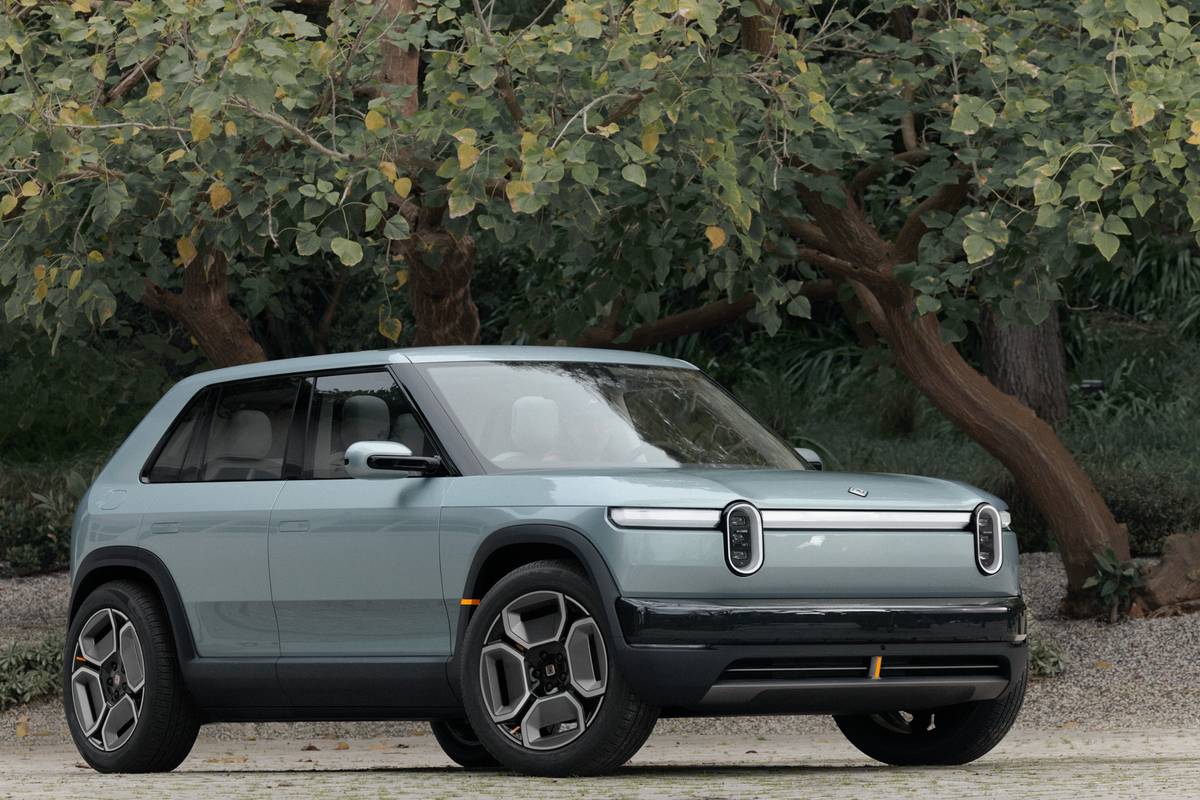
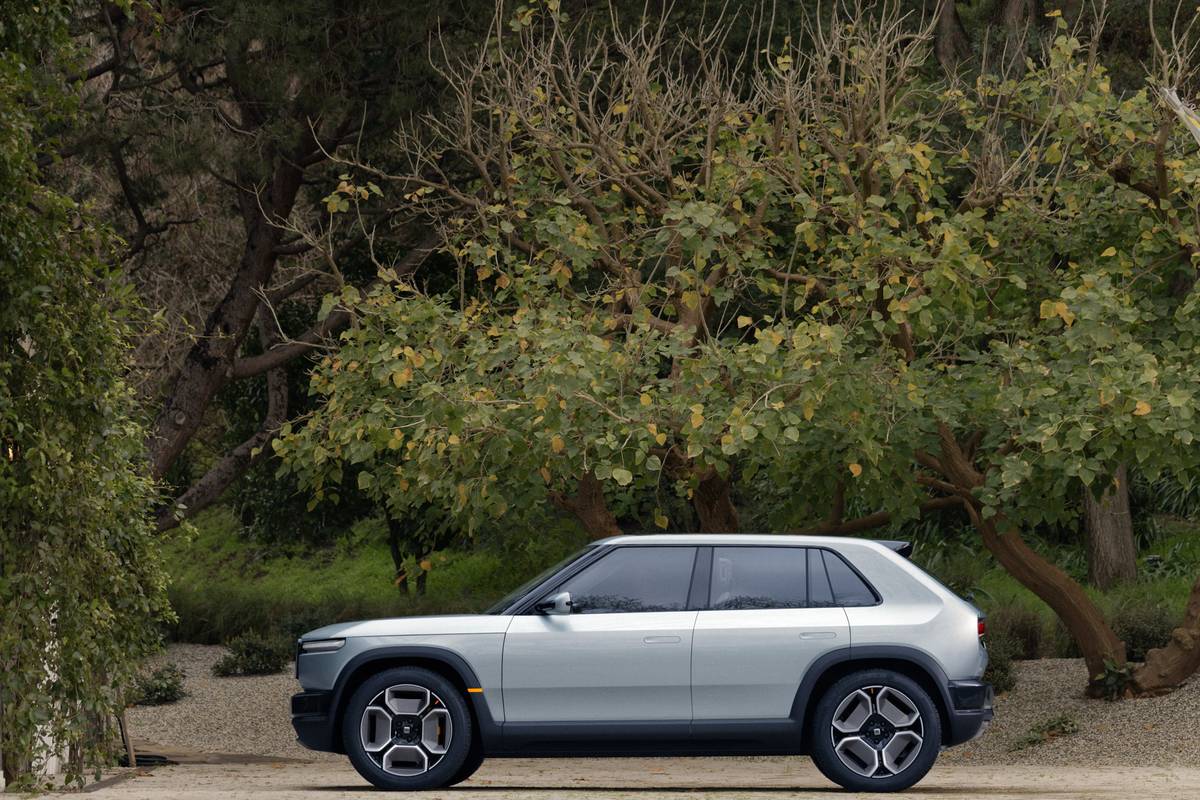
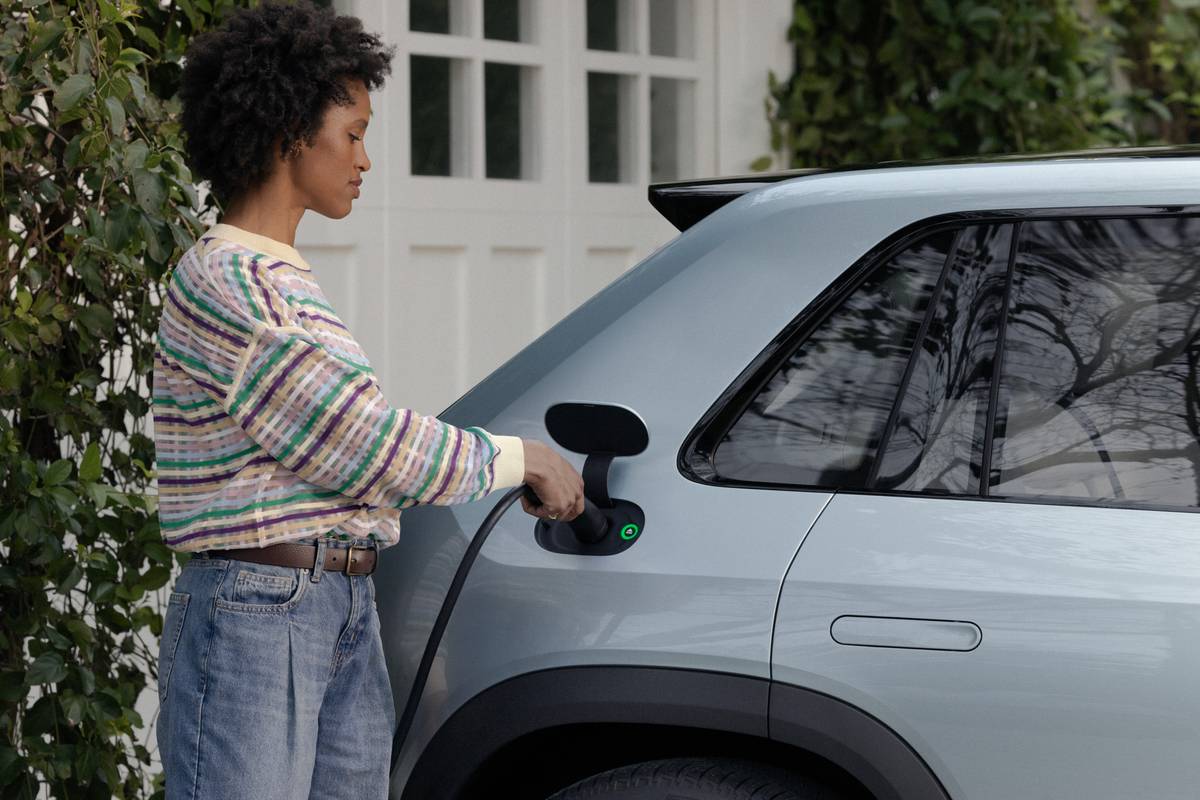




















Roomy Interiors
While the exterior designs of the two new SUVs differ considerably, the interiors are very similar in design. Both the R2 and R3 have cockpits with lots of room, including an opening ahead of the center console bin and below the large touchscreen display. For even more storage, Rivian has listened to customer feedback and added not one but two glove boxes. Both models also have glass roofs that should increase the airy feeling of their respective cabins.
Rivian also updated the steering wheel design for its new SUVs, and we’re wary of the change: Both the R2 and R3 have touch-sensitive scroll wheels mounted in the steering wheel. We’ve had poor experiences in many cars with touch-sensitive controls on the steering wheel, but we’ll reserve full judgment until we can experience the feature ourselves.
While both vehicles have rear windows that can aid in long item transport, Rivian also made all seats capable of folding flat. This should make it easier to fit all sorts of items and, when the SUVs are parked, transform the interior into a tent-like space for some car-based camping without the need for an external accessory.
Promising Powertrains
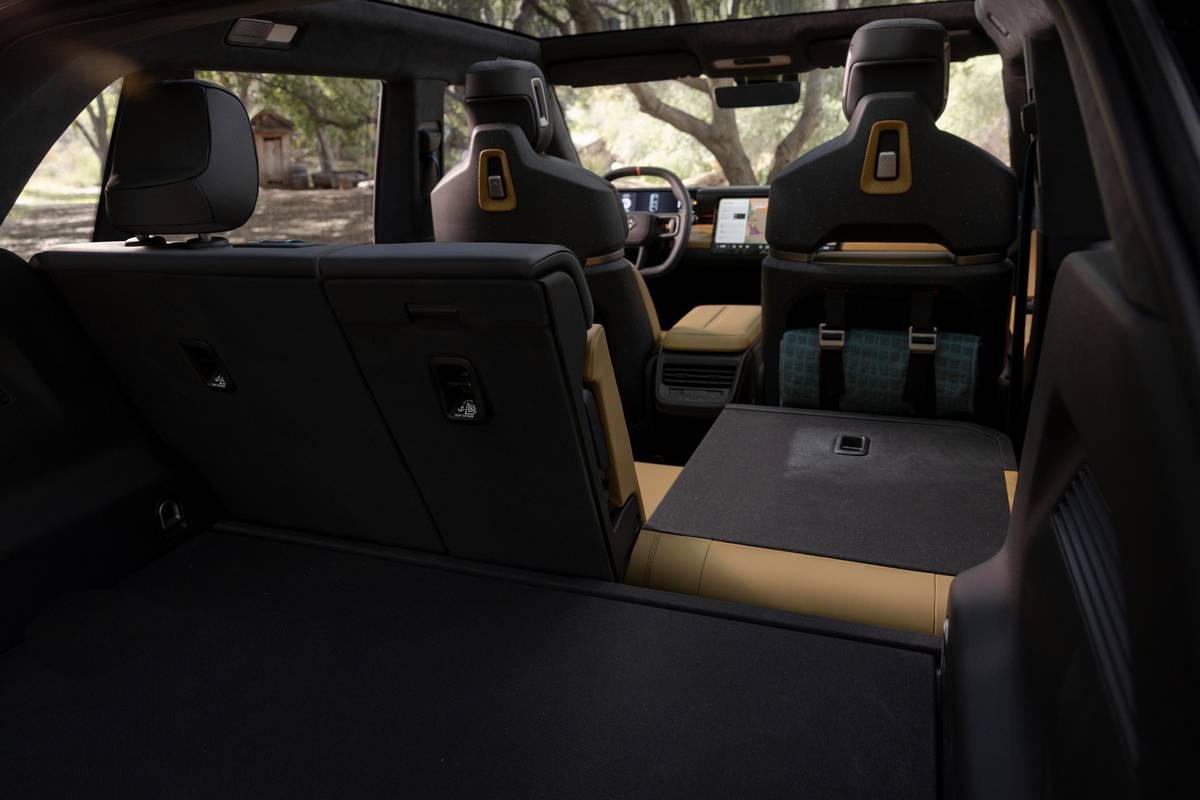
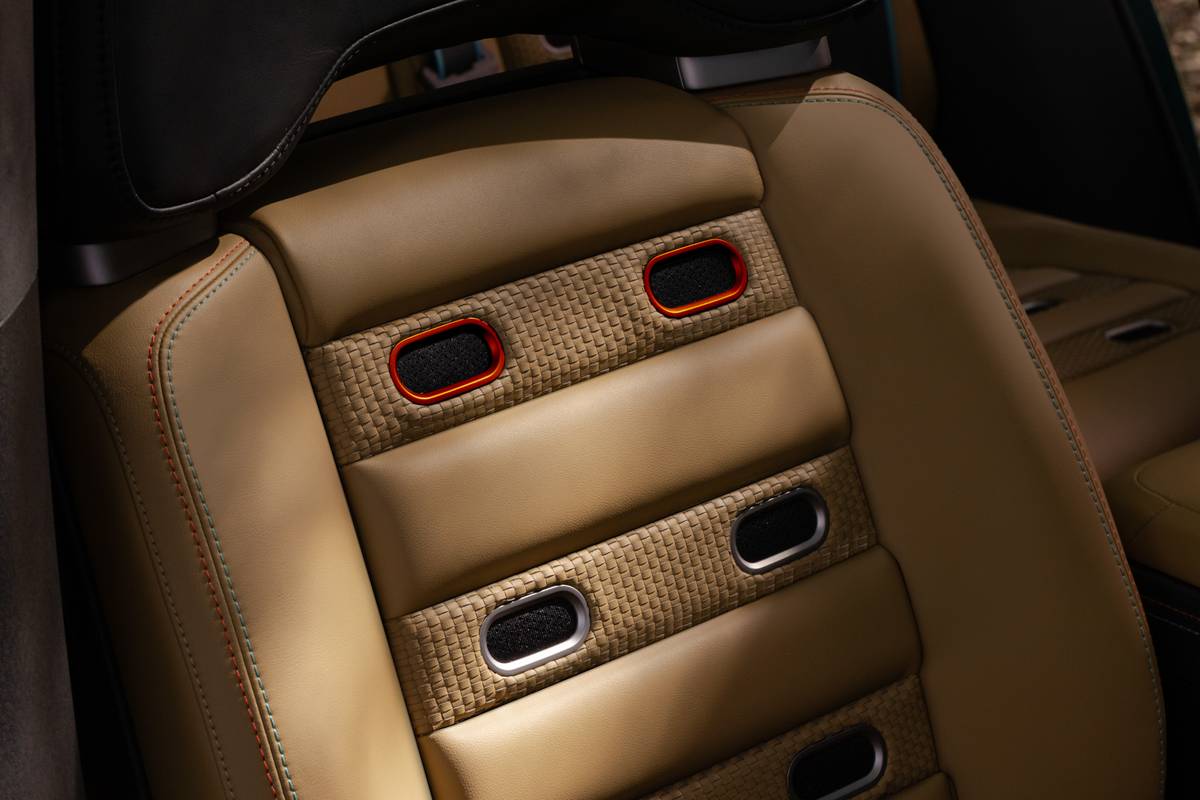
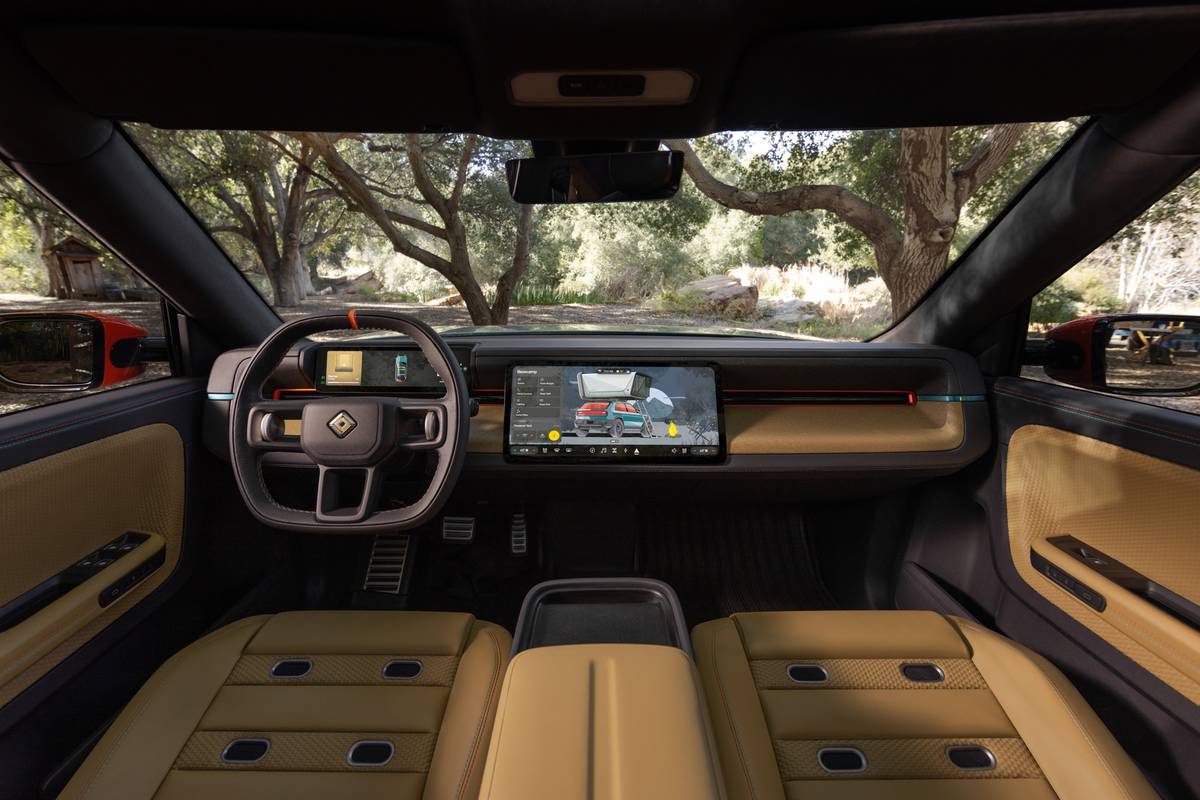

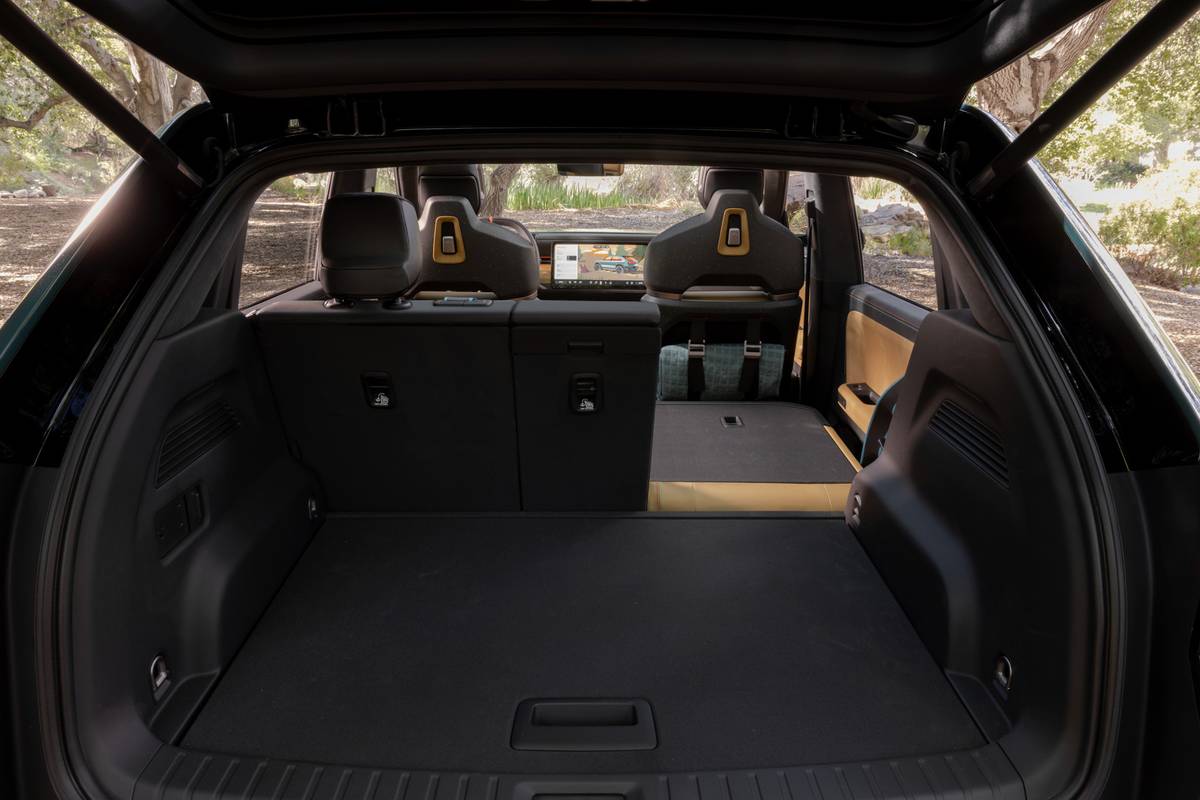
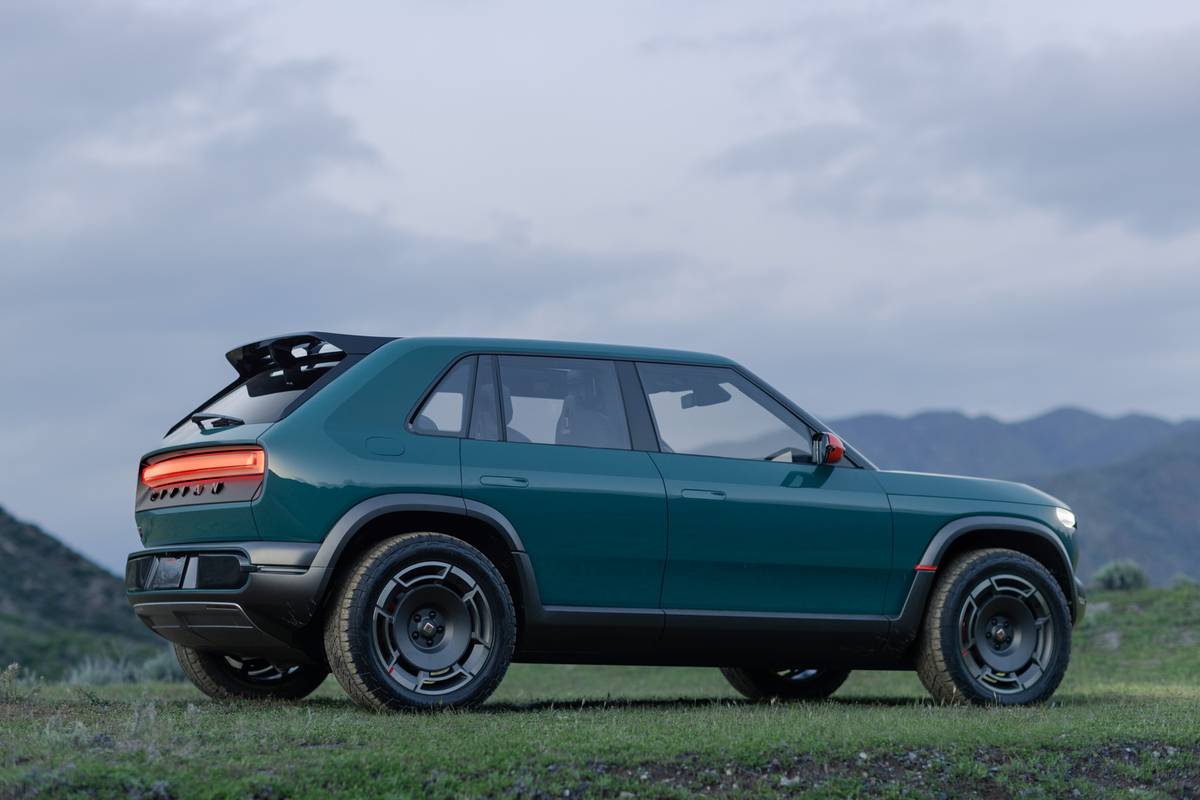
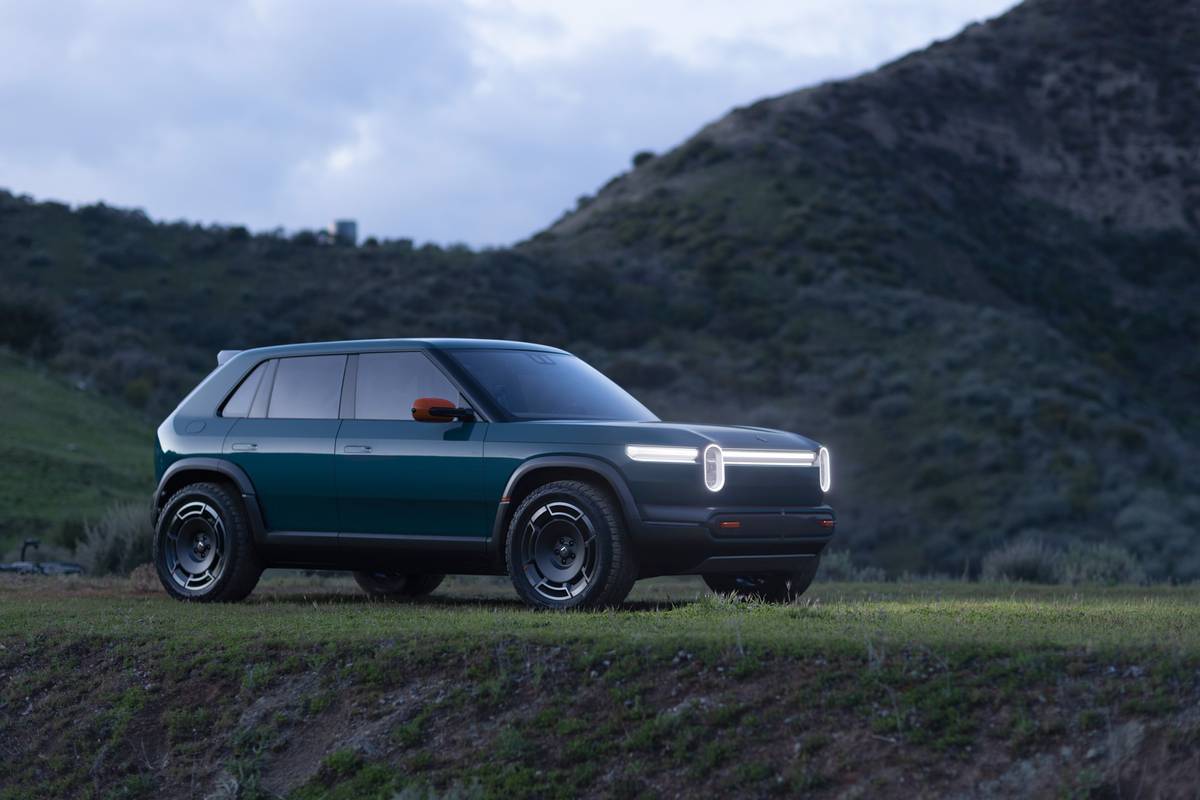
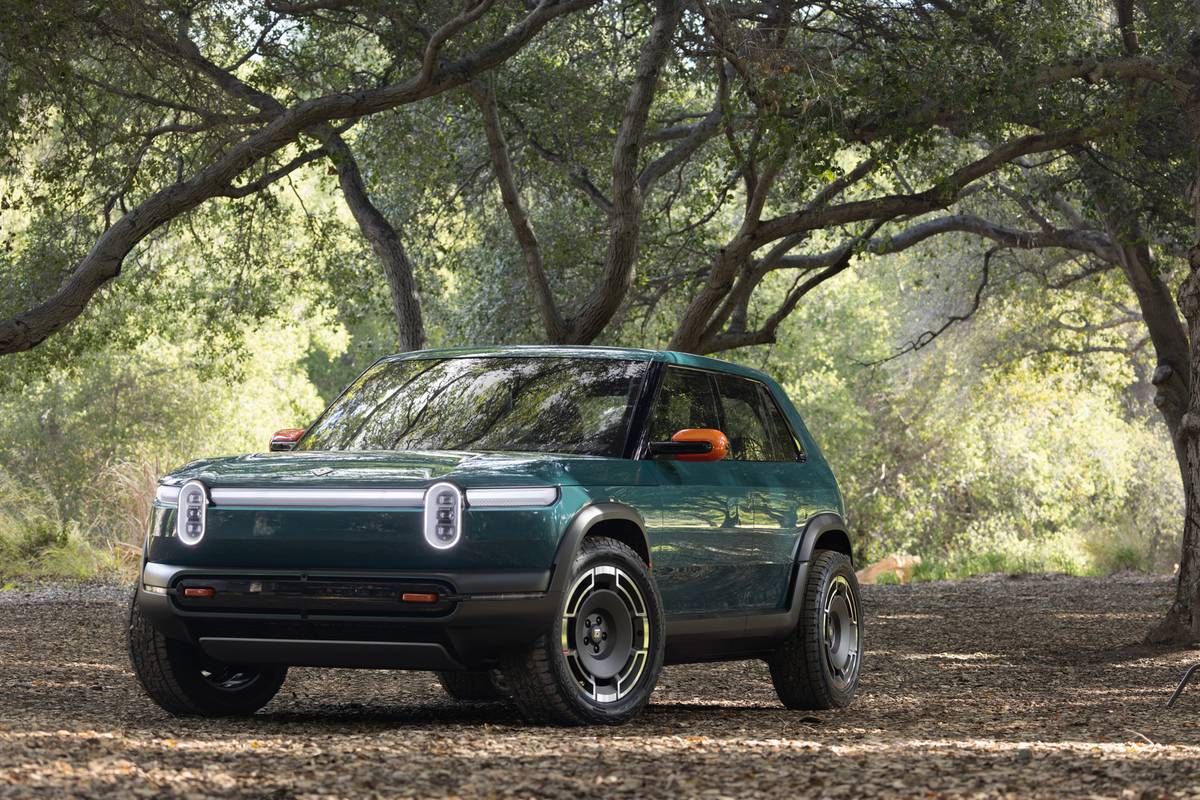
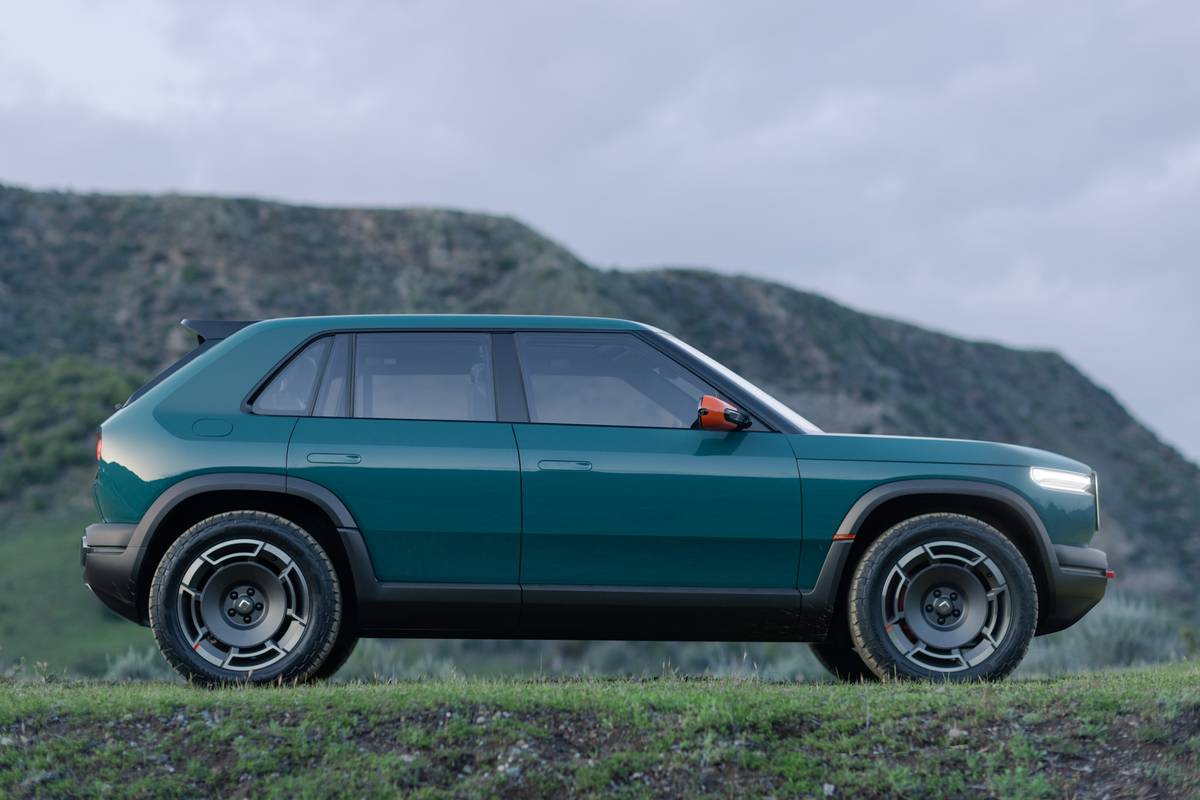









We’ll have to wait for full details of the new powertrains, but like the larger R1 models, both the R2 and R3 will be available in single-motor, rear-wheel-drive versions or two all-wheel-drive configurations — one with dual electric motors and one with three. The sporty R3X comes standard with the tri-motor configuration.
Additionally, two battery sizes will be available for both models; the batteries will feature new, denser 4695 cells that the automaker says will significantly improve output. Official range estimates are unknown, but Rivian claims every motor configuration will have at least 300 miles of range on a single charge. As for charging data, Rivian says both vehicles will come standard with the North American Charging Standard connection (that makes them compatible with updated Tesla Superchargers) and can connect to CCS charging stations via an adapter. Rivian didn’t provide a maximum charging rate for DC fast charging but claims the R2 and R3 will charge from 10% to 80% in under 30 minutes.
Rivian also says these new SUVs will herald a new era of autonomous driving technology, with a suite of 11 cameras and five radar sensors that should enable both hands-free and eyes-off autonomous driving; no timeline was provided for the implementation of such features, however.
Pricing, Production and Release Date
Rivian claims the R2 will be priced from approximately $45,000, which would make it significantly more affordable than the $70,000-plus R1T and $75,000-plus R1S. We’ve also seen plenty of affordable EVs promised and more expensive versions delivered, so stay tuned for official pricing once the R2 goes on sale. That should happen in the first half of 2026 if Rivian’s plans hold, though interested shoppers can reserve one now with a $100 refundable deposit. The R3 will go on sale after the R2 and cost less than the R2, but how much is unclear, and the R3X will presumably be one of if not the most expensive version of the R3 when it becomes available.
More From Cars.com:
- Is the 2023 Rivian R1T a Good Electric Pickup Truck? 6 Pros, 5 Cons
- Rivian Joins Ford, GM in Providing Access to Tesla Superchargers
- Which EVs Have All-Wheel Drive?
- Research Rivian
- Find Your Next Car
Related Video:
Cars.com’s Editorial department is your source for automotive news and reviews. In line with Cars.com’s long-standing ethics policy, editors and reviewers don’t accept gifts or free trips from automakers. The Editorial department is independent of Cars.com’s advertising, sales and sponsored content departments.

Road Test Editor Brian Normile joined the automotive industry and Cars.com in 2013, and he became part of the Editorial staff in 2014. Brian spent his childhood devouring every car magazine he got his hands on — not literally, eventually — and now reviews and tests vehicles to help consumers make informed choices. Someday, Brian hopes to learn what to do with his hands when he’s reviewing a car on camera. He would daily-drive an Alfa Romeo 4C if he could.
Featured stories






